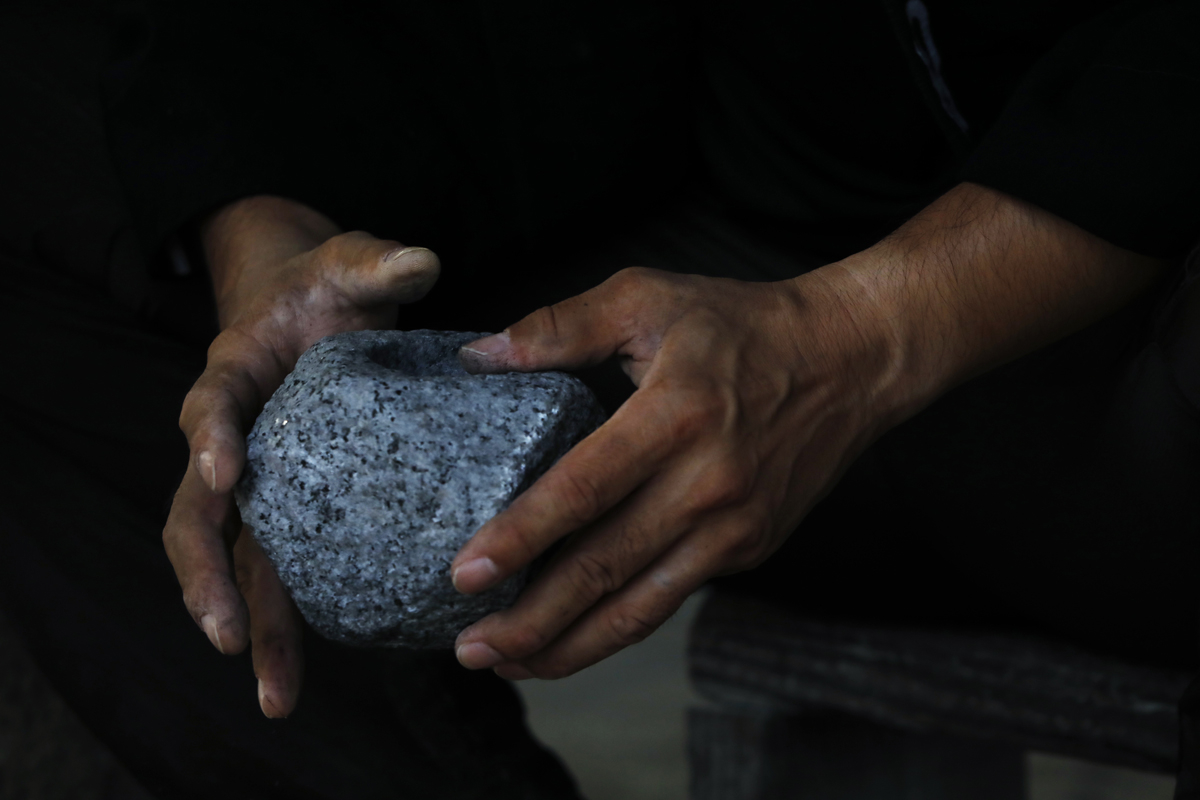
Stone Craft
Craft Hand-sized Lanterns and Illuminate the Soul of Stone
- Making Stone Lantern
-
In this experience, you can experience the process of making the beauty of Kyoto stone crafts with the direct guidance from the craftspeople using the same tools used by the craftspeople.
At first glance, the process of turning a stone into a work of art may seem unspectacular. However, the process is full of craftspeople's cultivated skills and philosophy of craftspersonship. When making a stone work, the stone is shaped little by little with a chisel, hammer and stone head. Depending on the work, it takes about two months to produce one stone lantern as tall as a Japanese person. Each day, the craftspeople face the stone in front of them and shape it little by little to create a beautiful form. The art of finishing a Kyo-Toro lantern requires delicate control of tools and a sense of aesthetics.
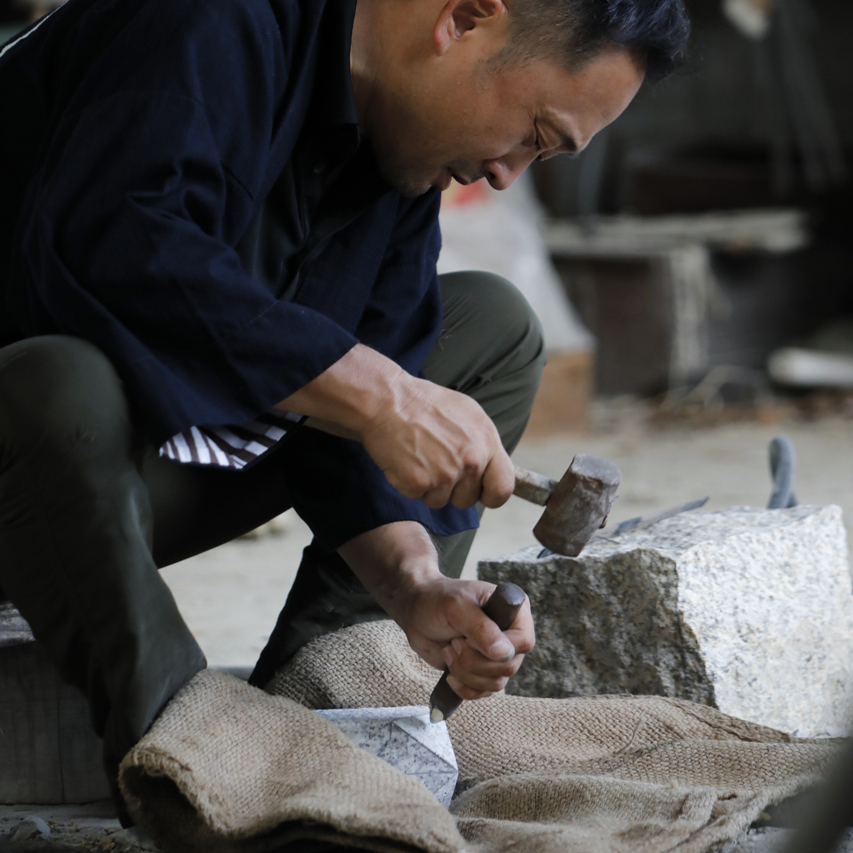

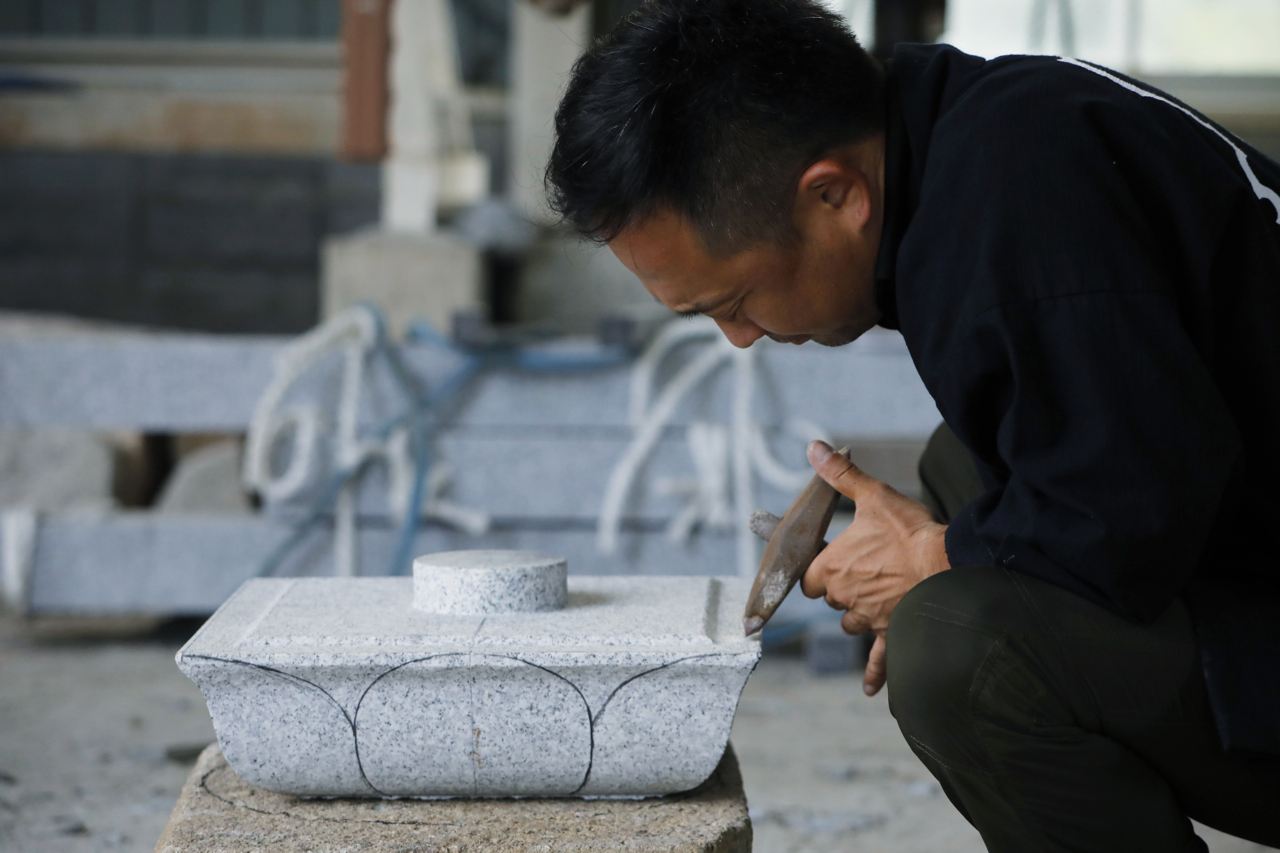
- What are Kyoto stone crafts?
-
Kyoto stone crafts are a type of craftspersonship in Kyoto that flourished when the capital was moved to Kyoto in the Heian period (794-1185).
Stone lanterns, one of the Kyoto stone crafts, are characterized by their simple structure and beauty, and are fascinating to look at. Kyoto stone crafts have a unique presence in places with a cultural atmosphere, such as Japanese gardens and temples.
In Kyoto, the rise of the tea ceremony culture and the availability of high-quality granite are also reasons for the popularity of Kyoto stone crafts, over a long period of time, Kyoto stone crafts have evolved to suit the tastes of Kyoto people, who have a high sense of beauty, and have remained in existence to the present day.
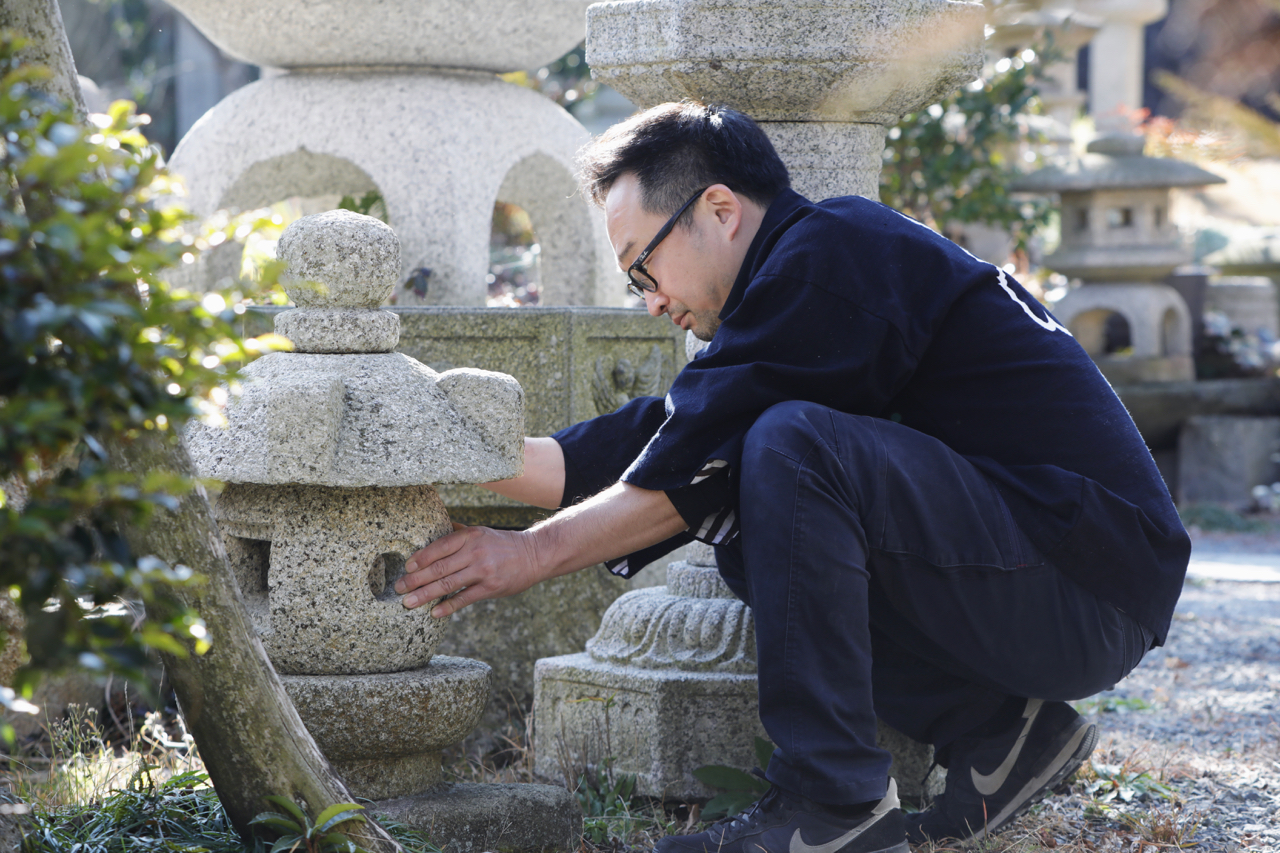
- Professionals in Kyoto stone crafts
-
The instructor for this experience is from Saida Stone Shop, which has a history of more than 120 years and a proven technique for transforming stones into beautiful works of art. Currently, the fifth generation of the Saida Stone Shop is run by Mr Takaaki Saida. He is a professional in Kyoto stone craftspersonship, having inherited the techniques of his predecessors.
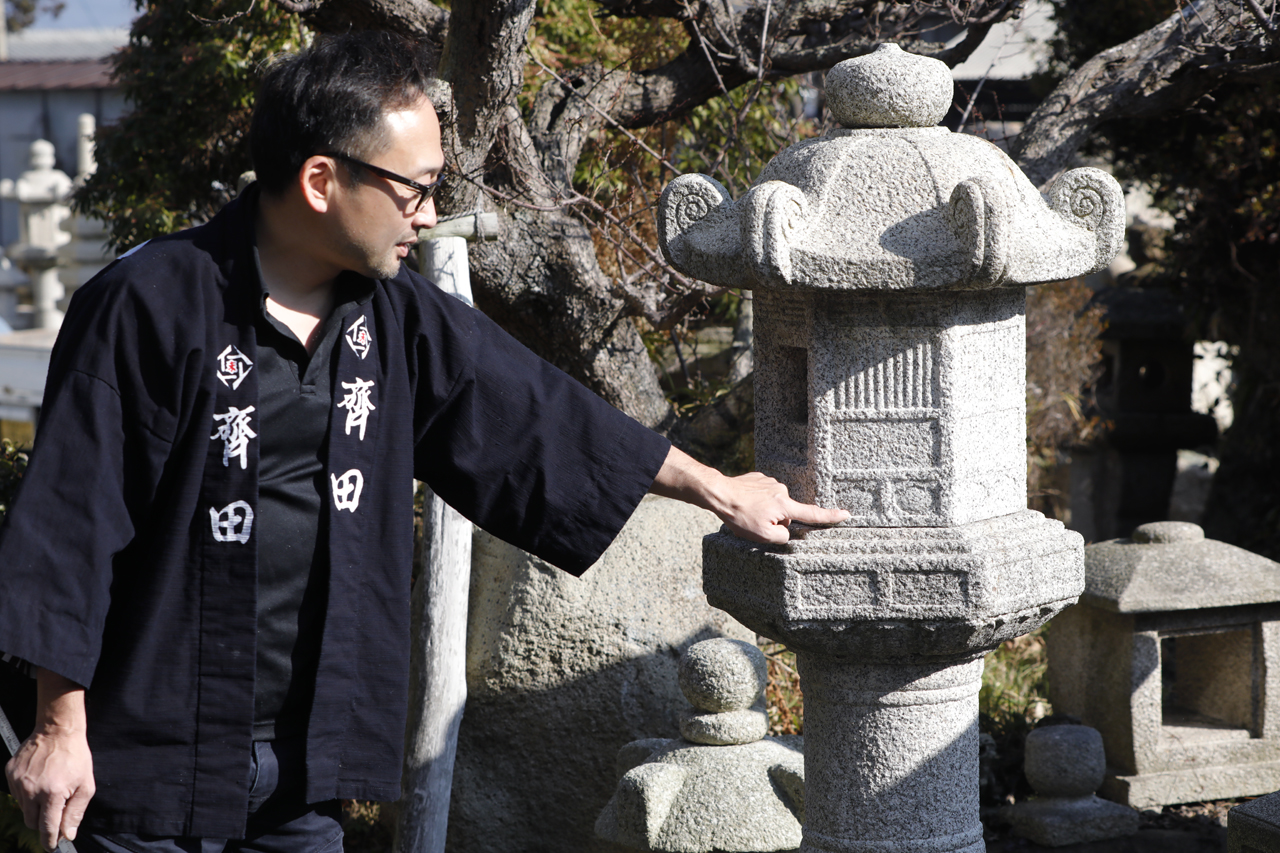
- The manufacturing of Saida Stone Shop and the possibilities of stone craftspersonship
-
He has a studio in Kameoka City, Kyoto, and specialises in the production of Kyoto stone crafts and stonework using traditional tools, as well as carved stonework with even finer designs. Kyoto stone crafts are often used outside, Mr Saida is also actively involved in creating new stone products in the hope that Kyoto stone crafts will become more familiar to people.
Saida Stone Shop also continues to take on various challenges to expand the possibilities of stone crafts. In addition to traditional Kyoto stone crafts, Saida is also working with overseas artists and designers to produce stone lanterns with new designs.In recent years, Saida has exhibited and demonstrated the production of stone lanterns in the USA and Italy, actively expanding its field of activity.
In addition to preserving traditional craftspersonship methods, Saida is also looking to the future and is committed to environmentally friendly craftspersonship, for example by reusing large waste stones instead of cutting new stones from the mountains.
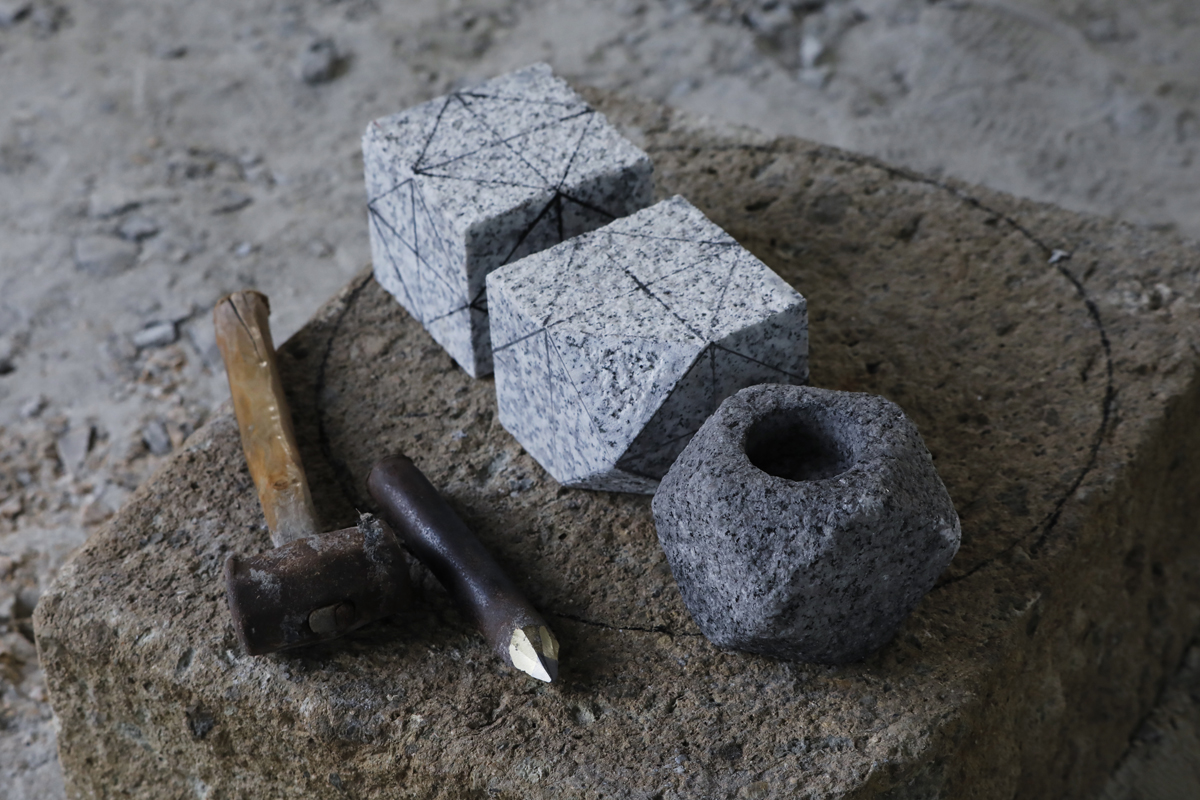
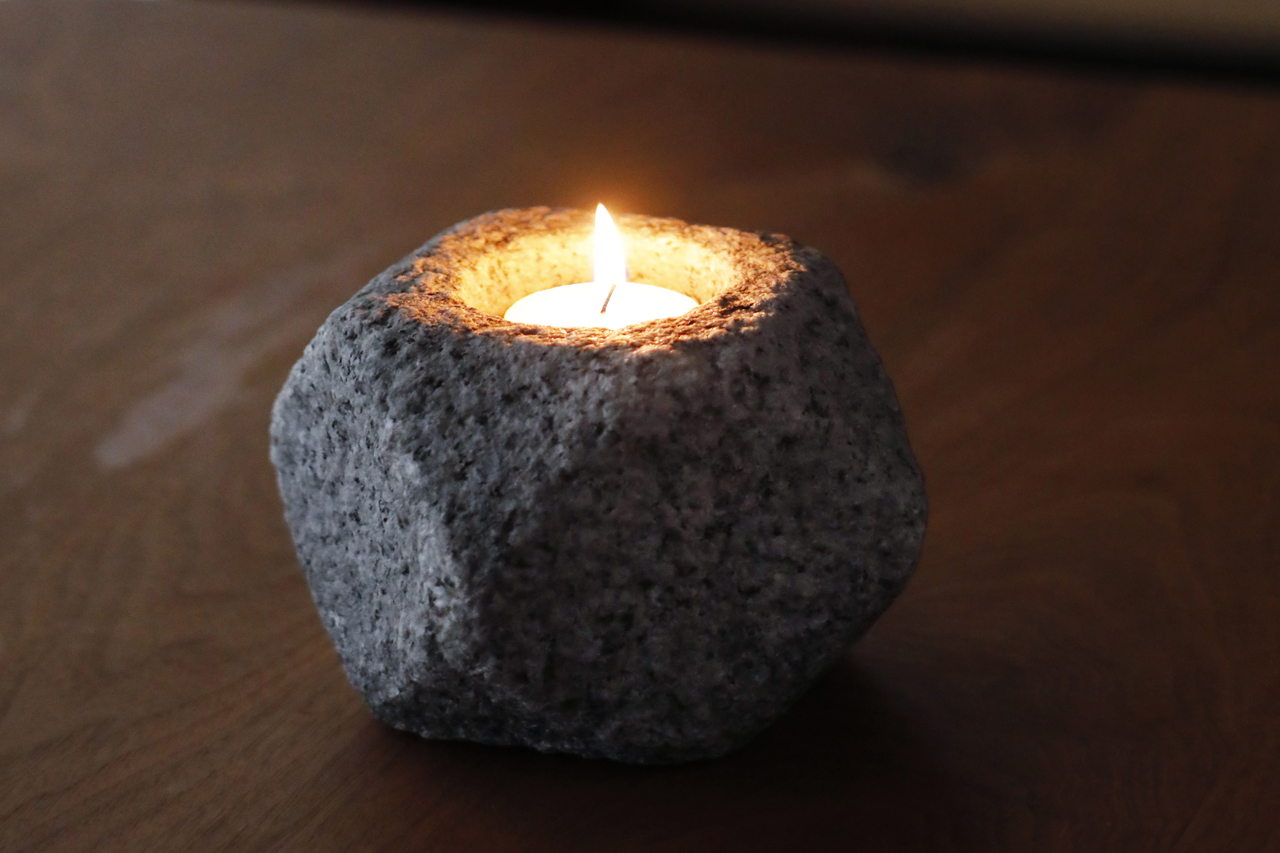
- He says
-
“Stone lanterns have been crearted since the introduction of Buddhism. The warm light of stone lanterns, with which people have prayed, have also healed the mind of people as a light of hope.
Why don’t you have such a light on your table, with your own ‘Table Lantern’ you make?”
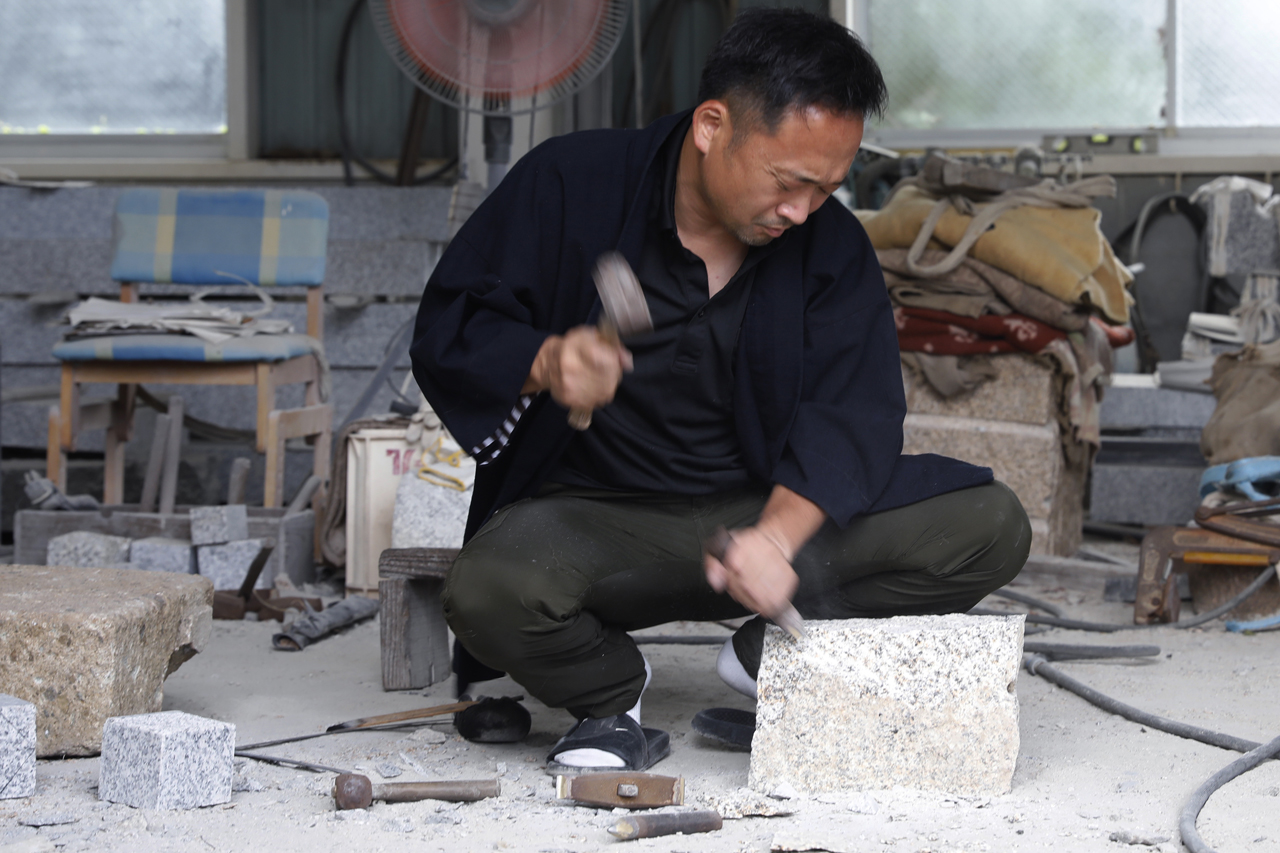
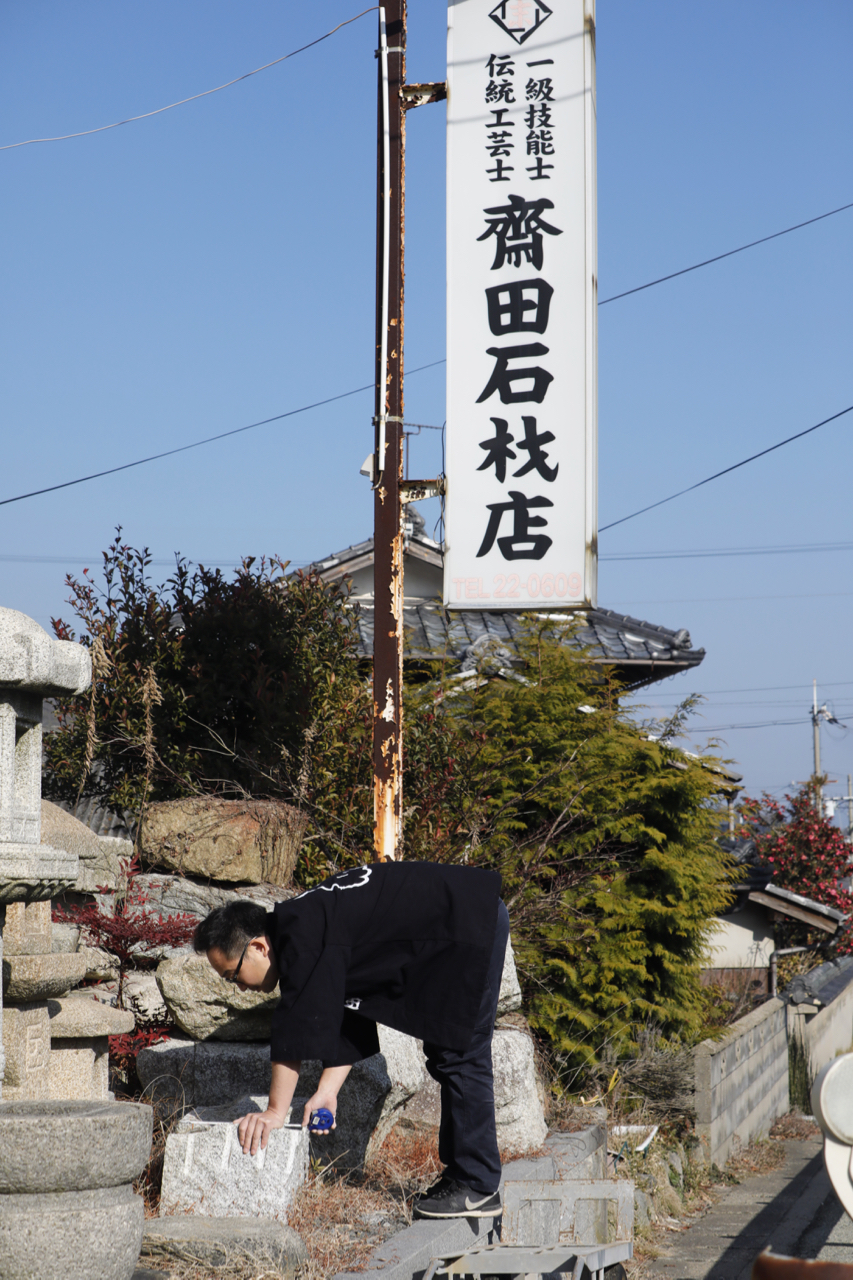
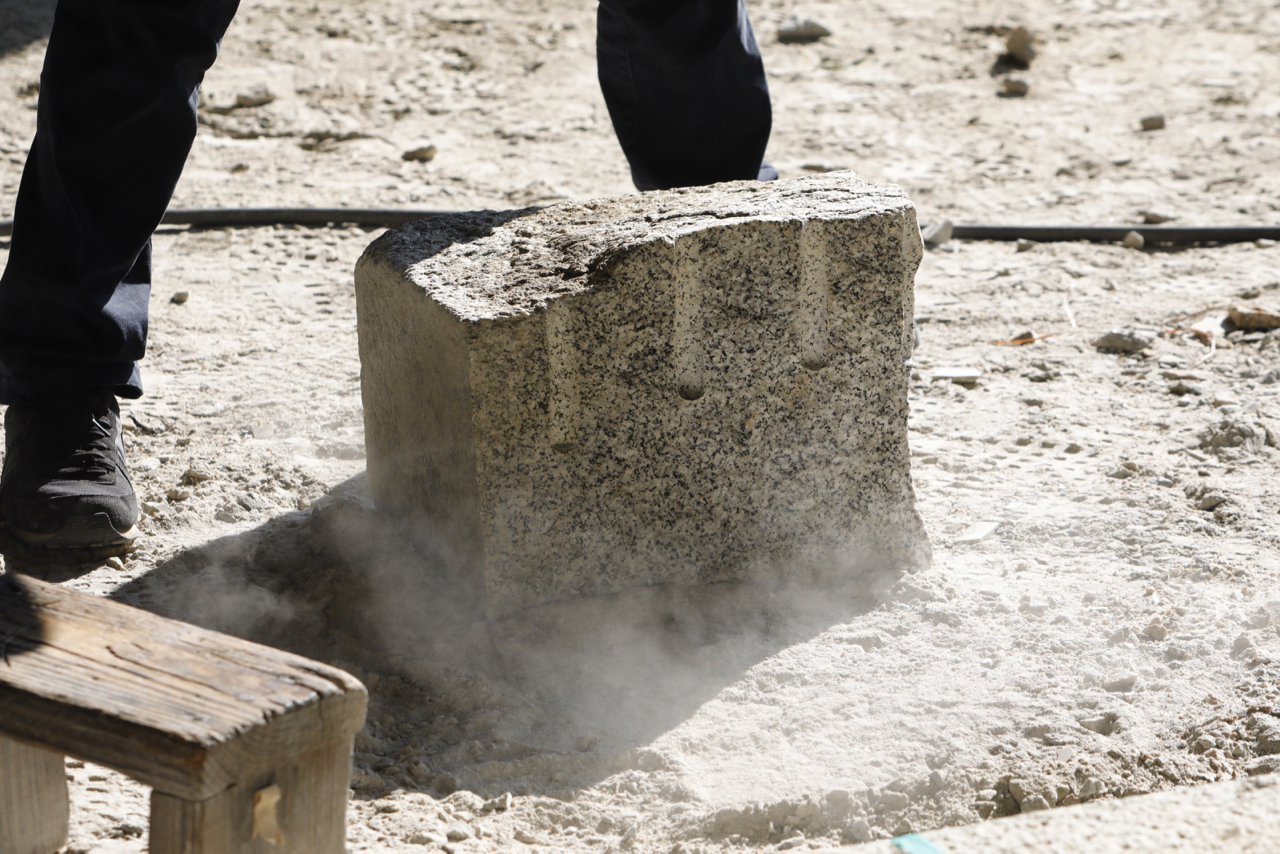

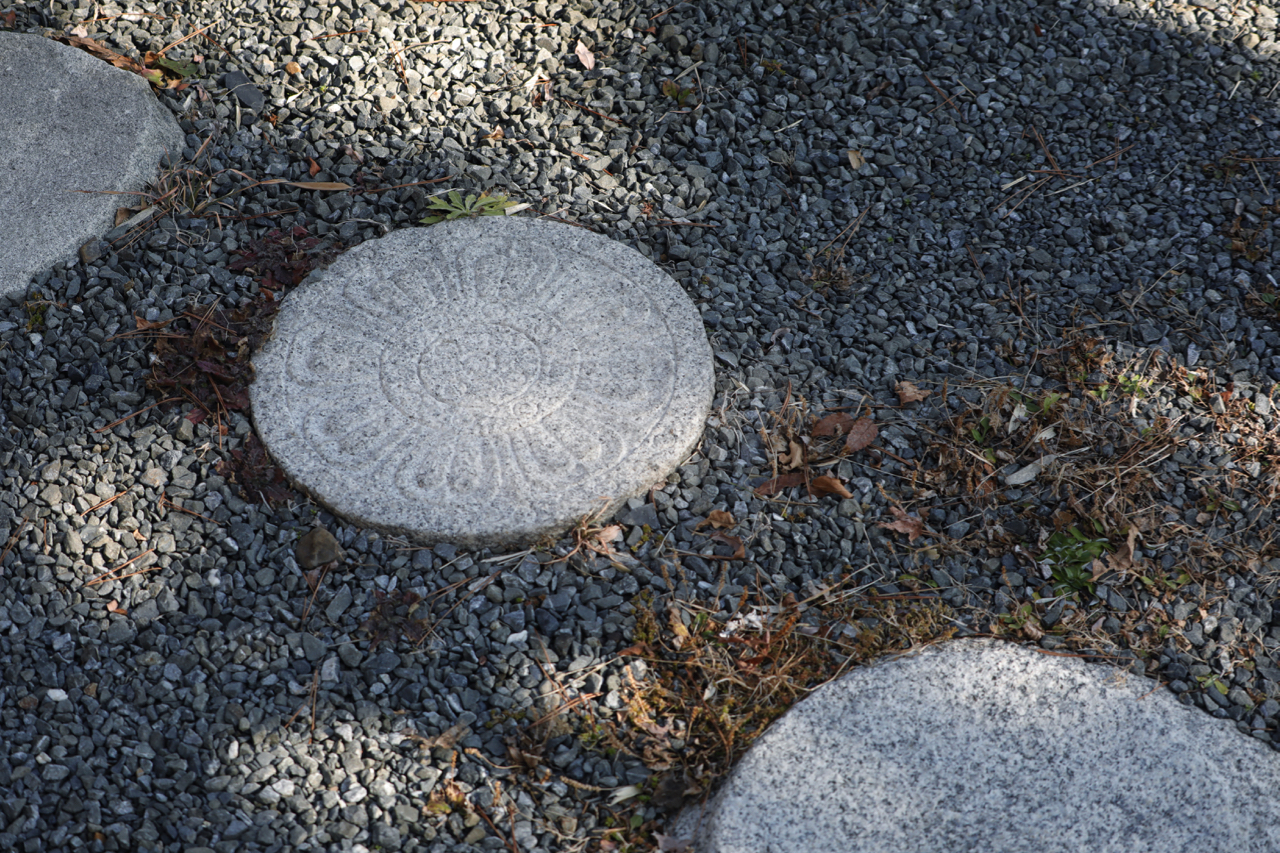
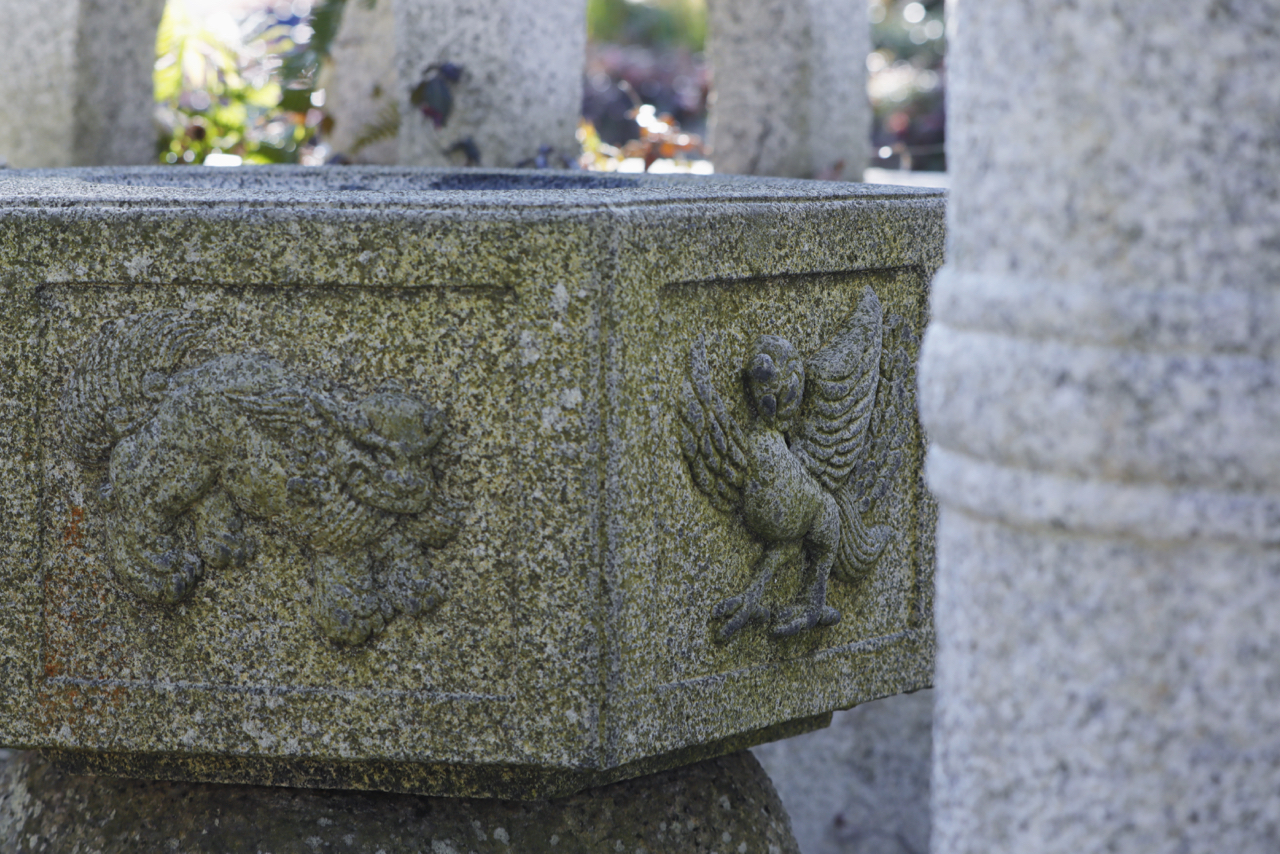


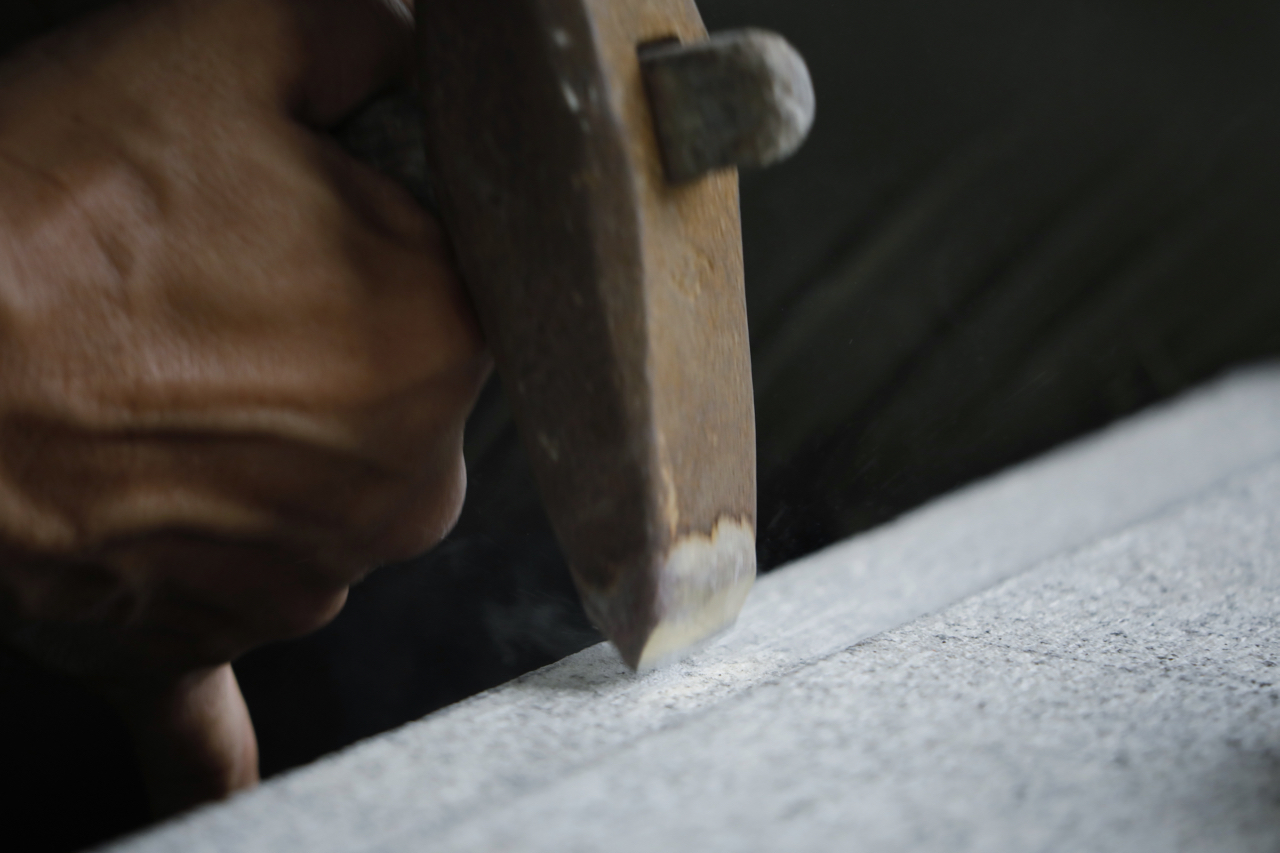
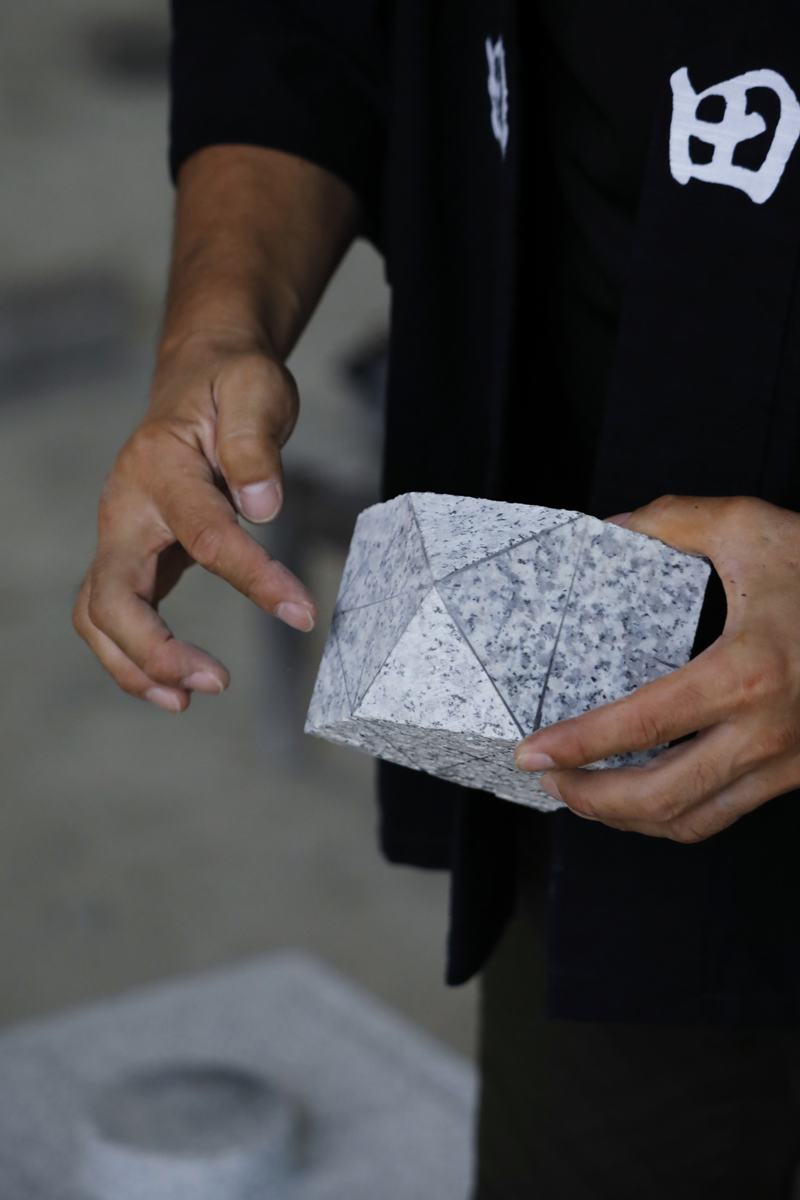
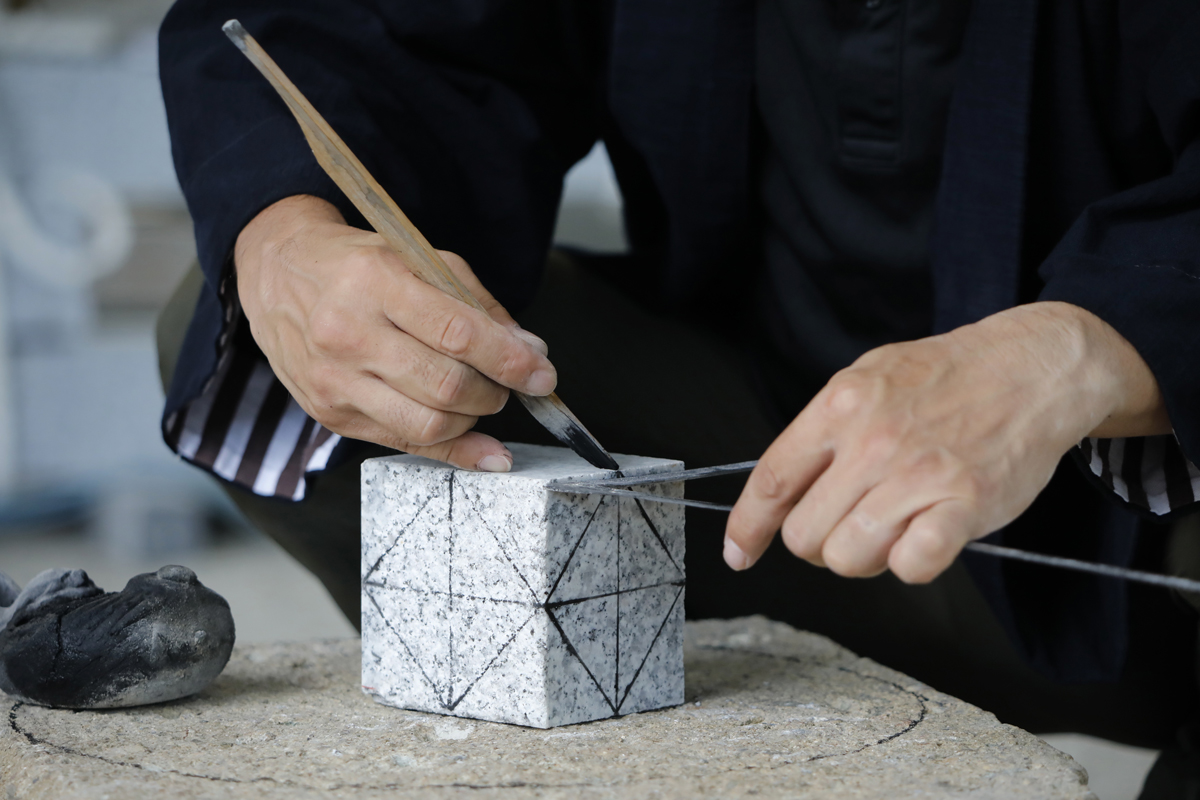
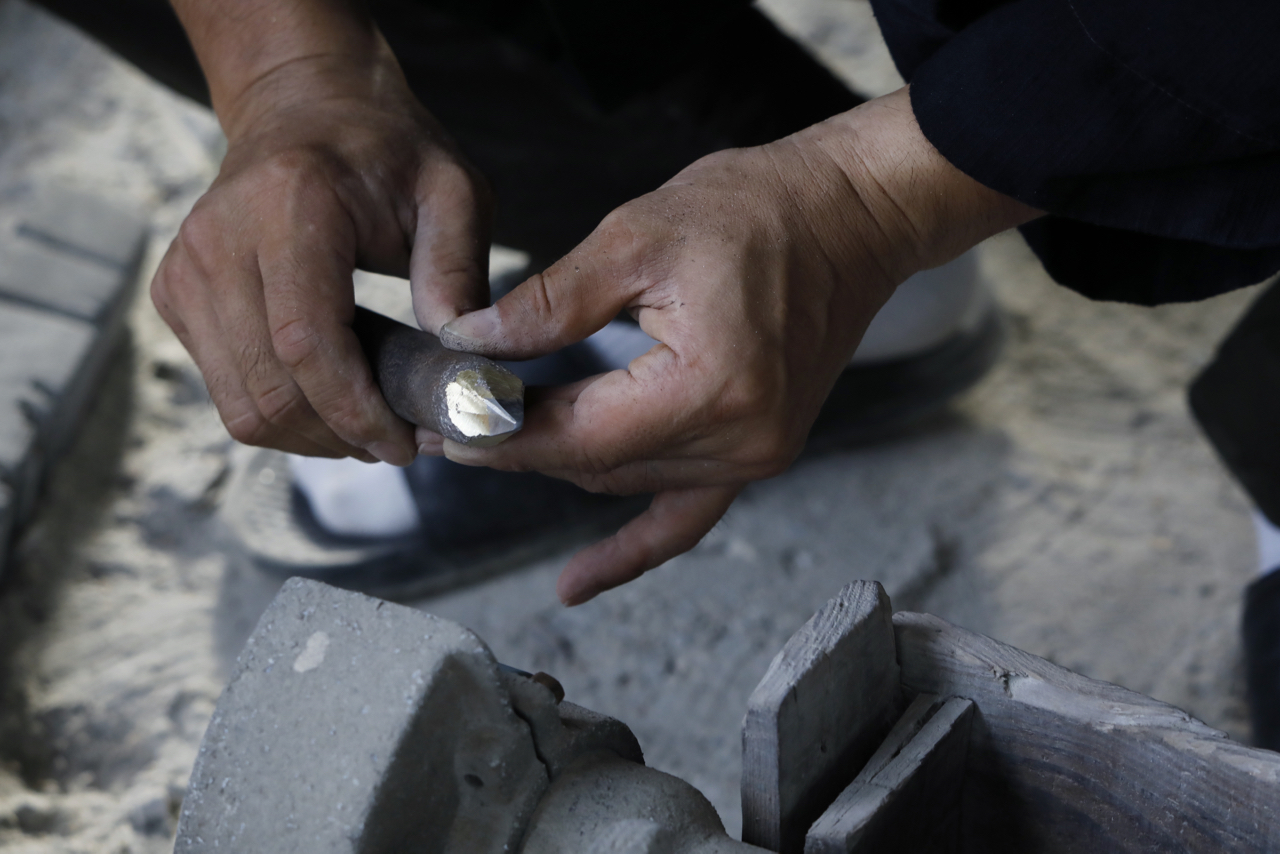
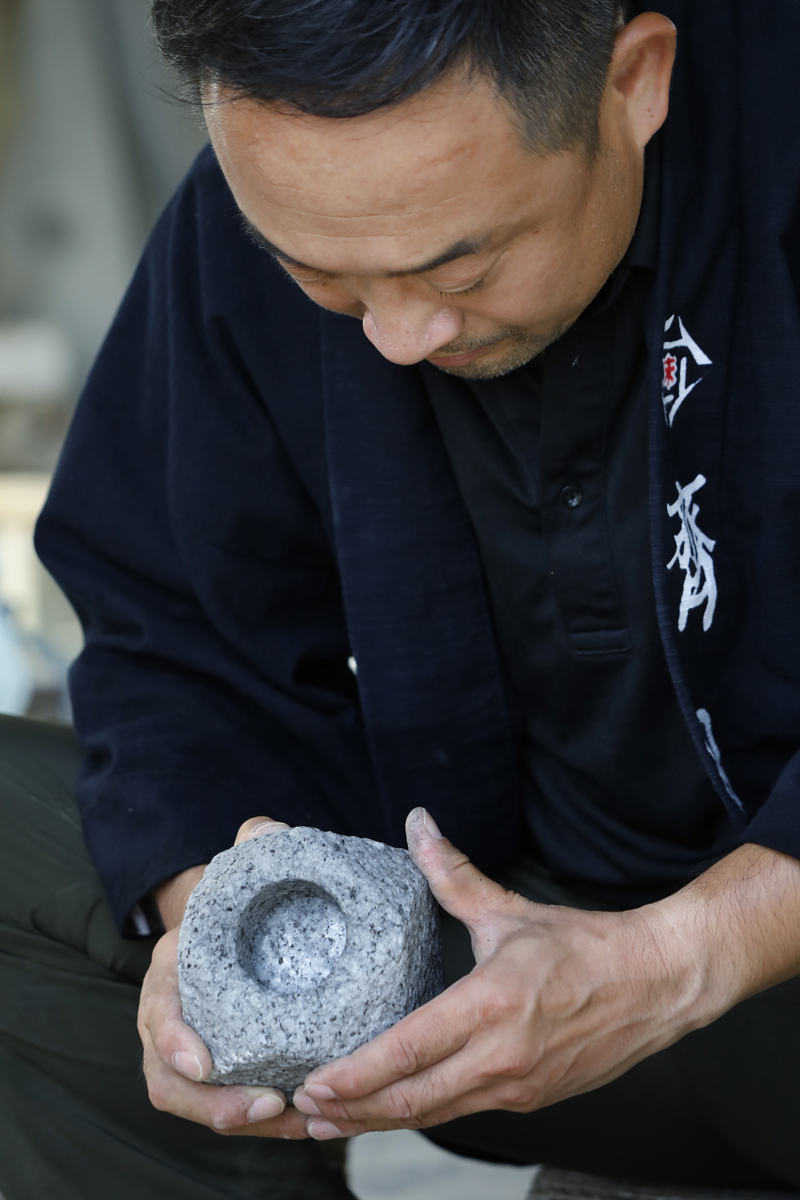
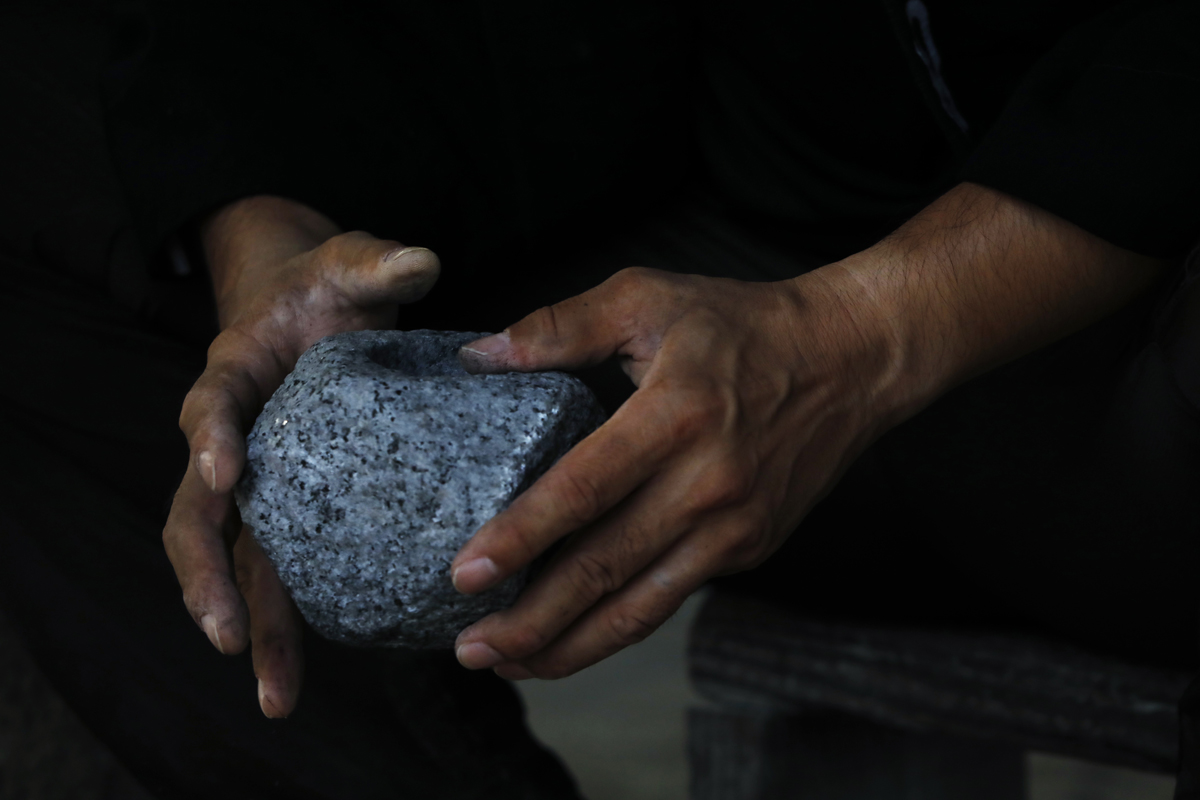

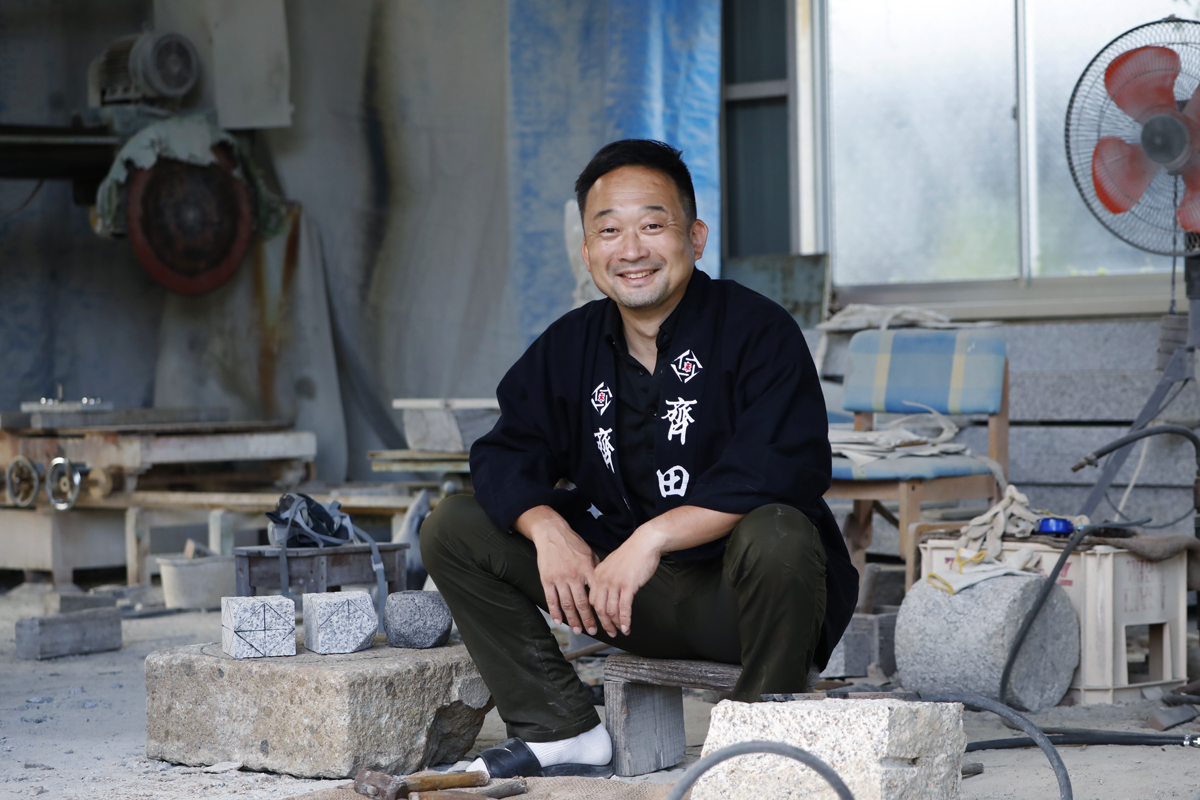
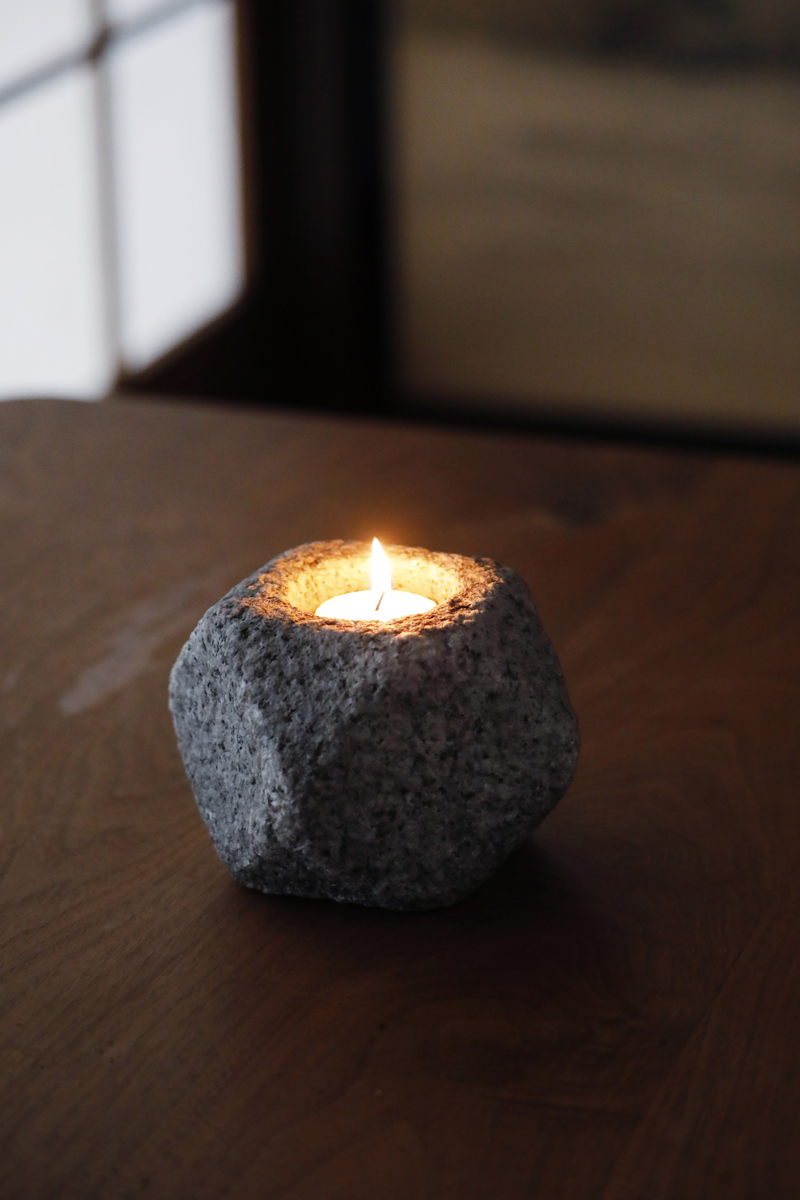
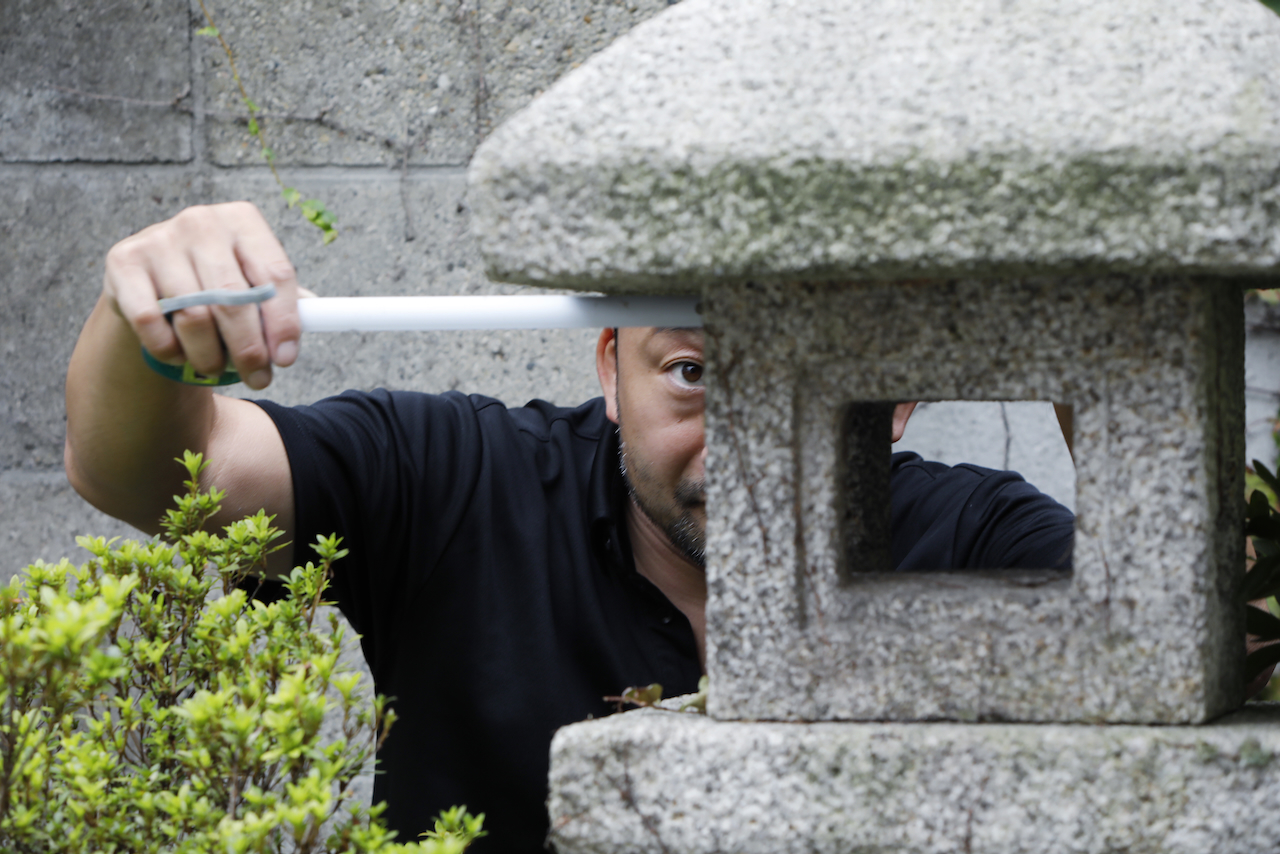

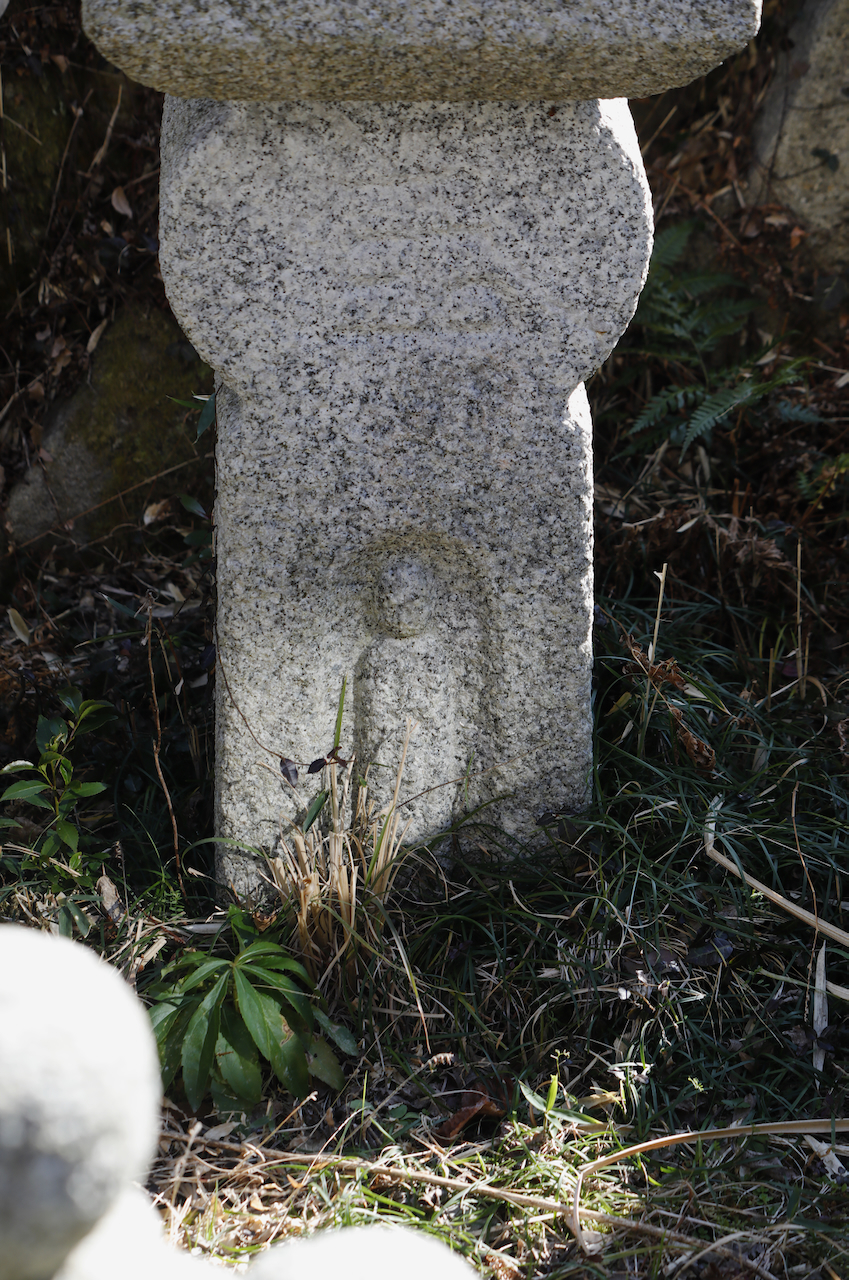
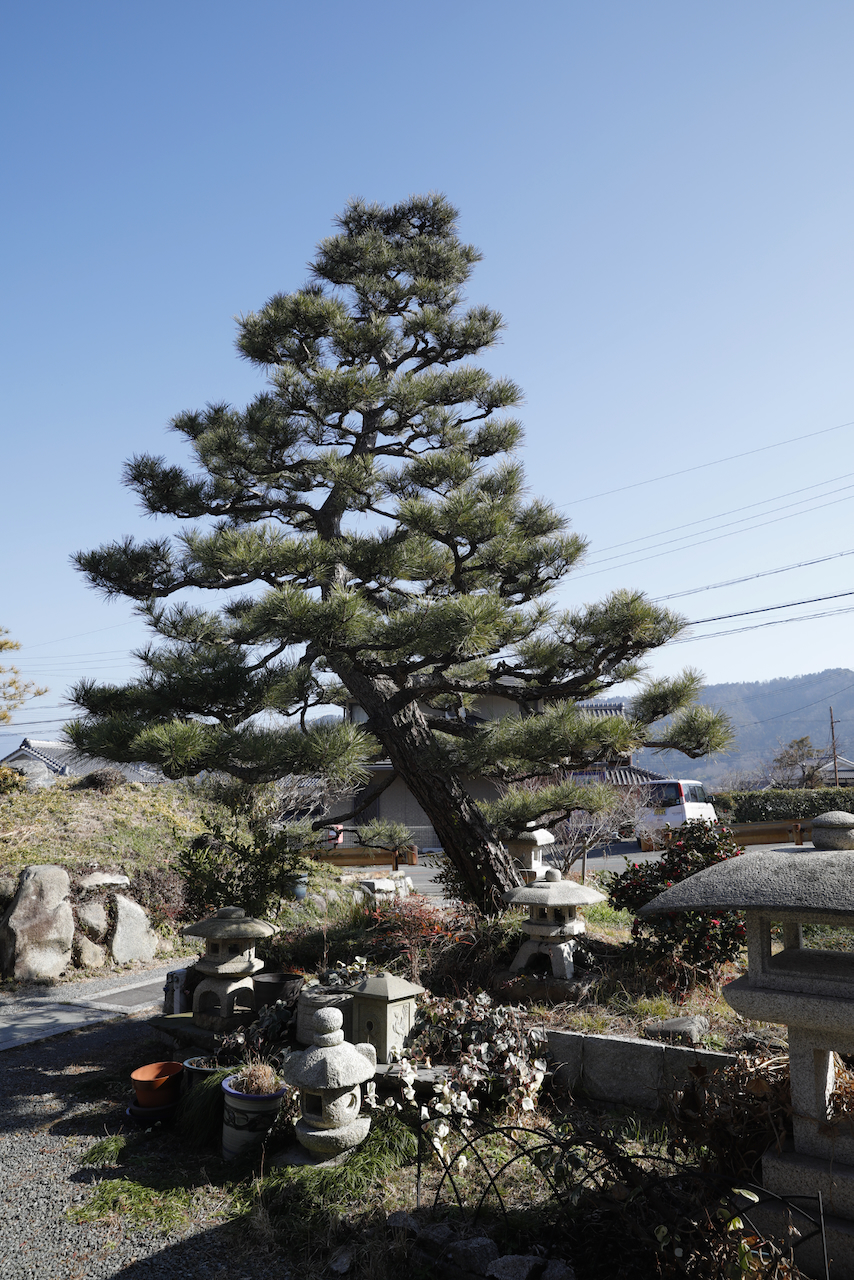
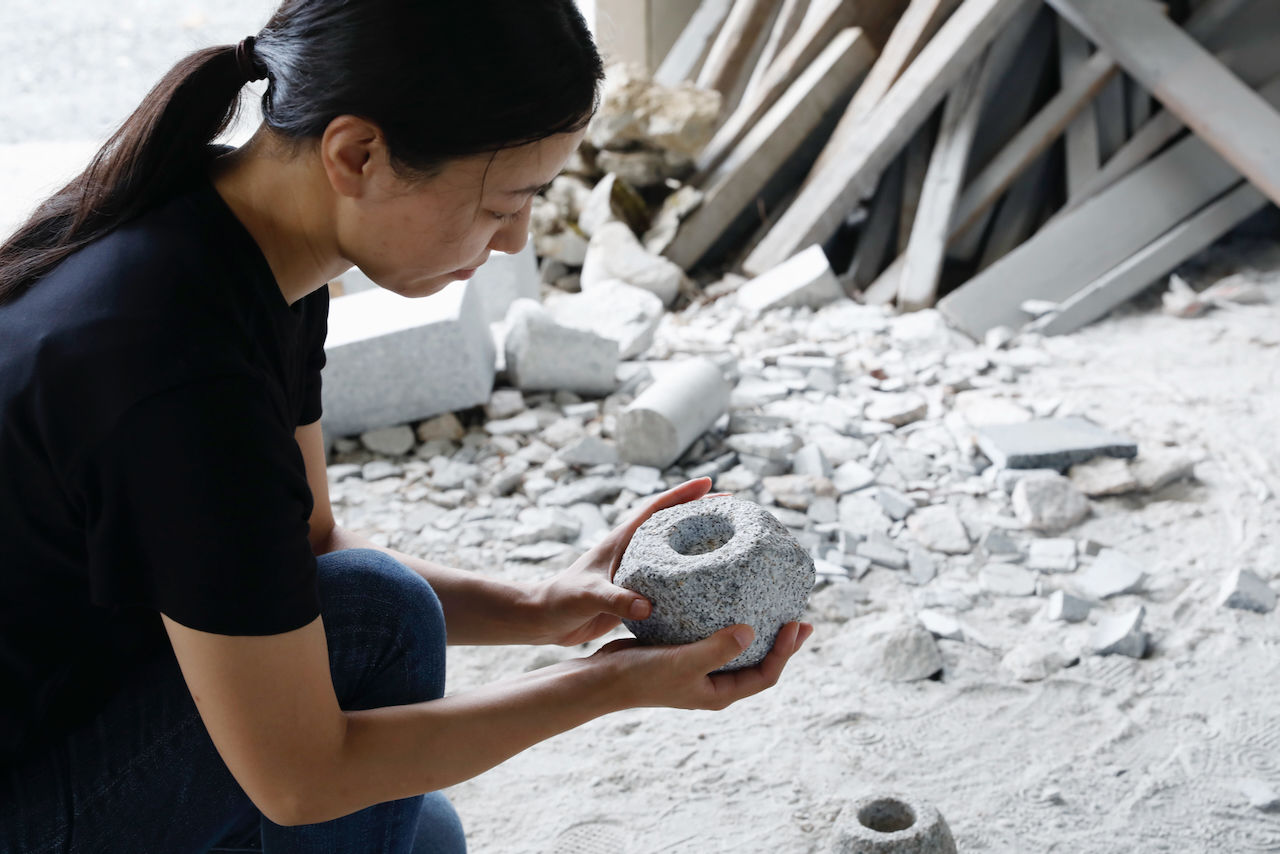
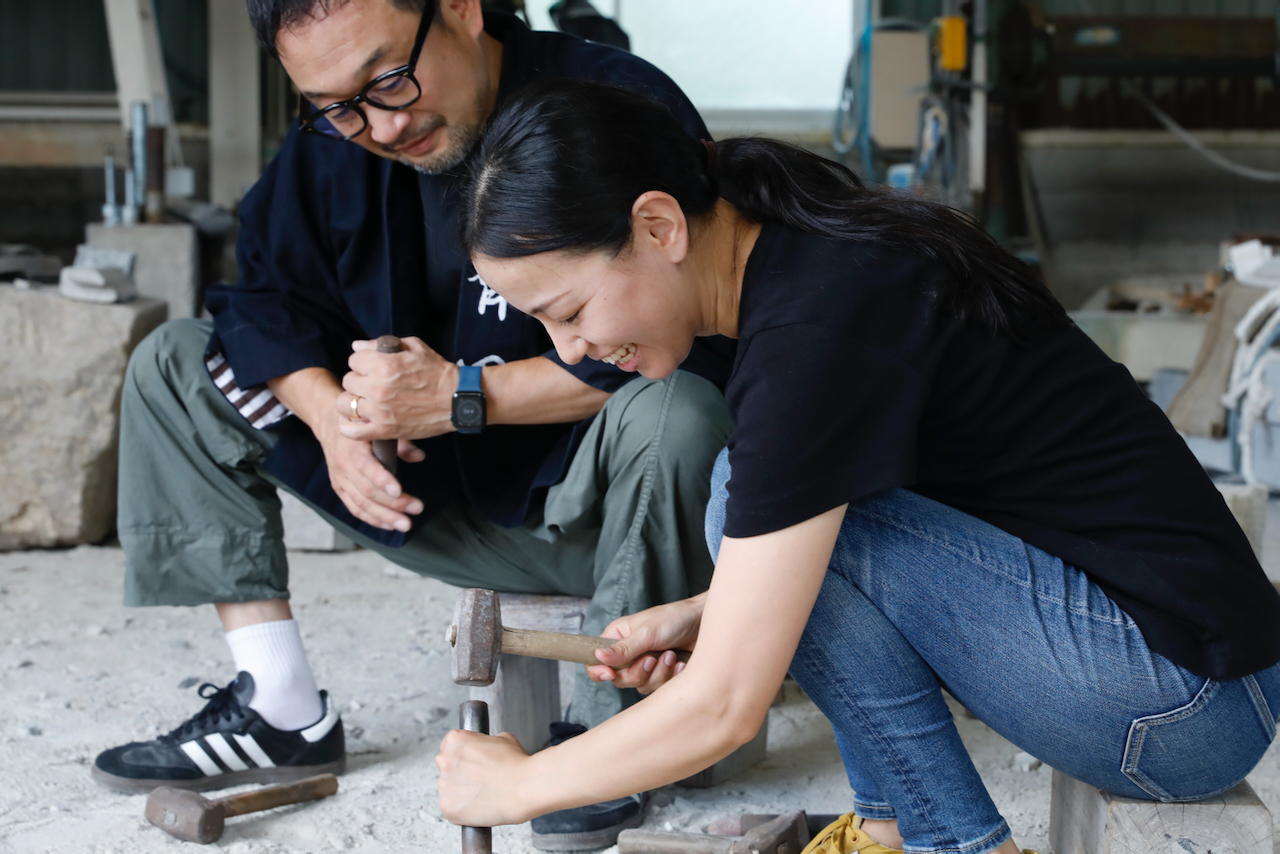
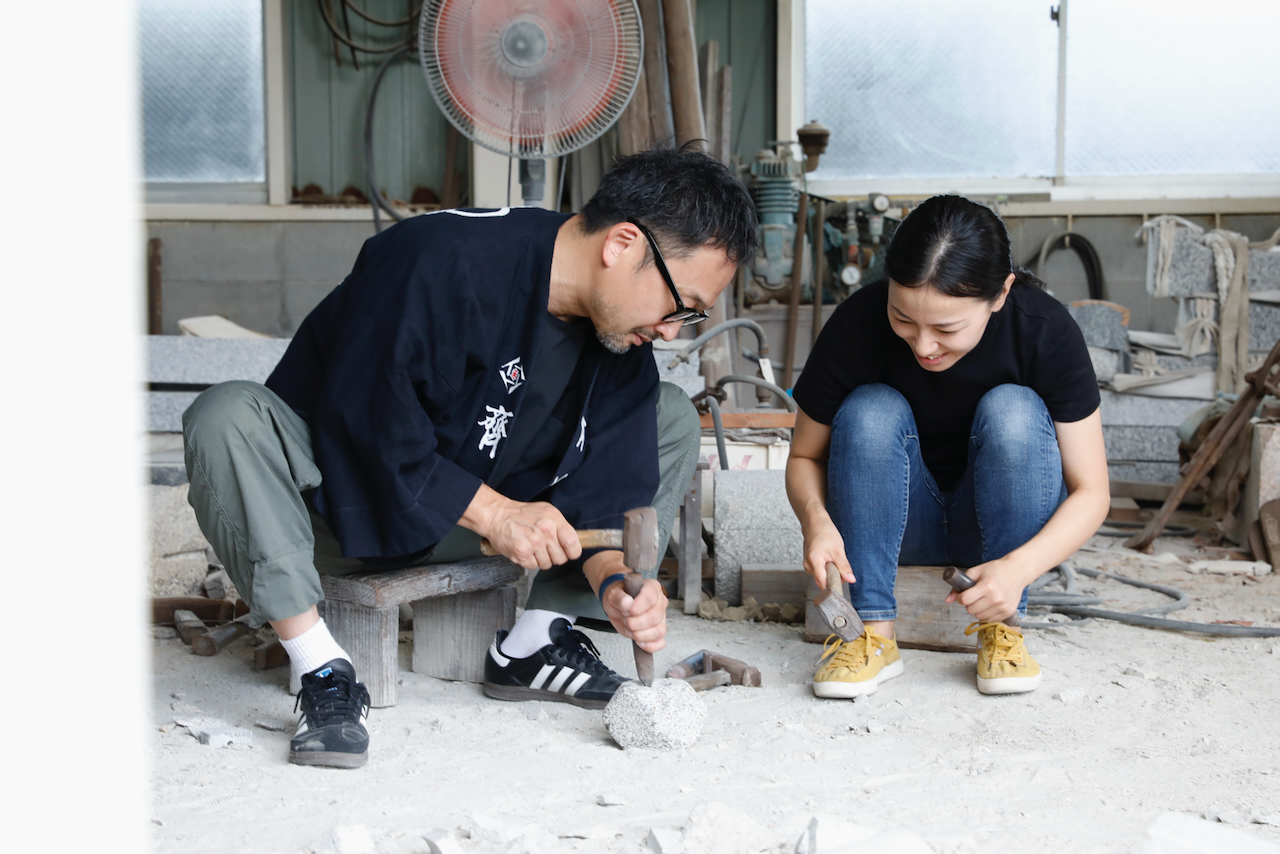
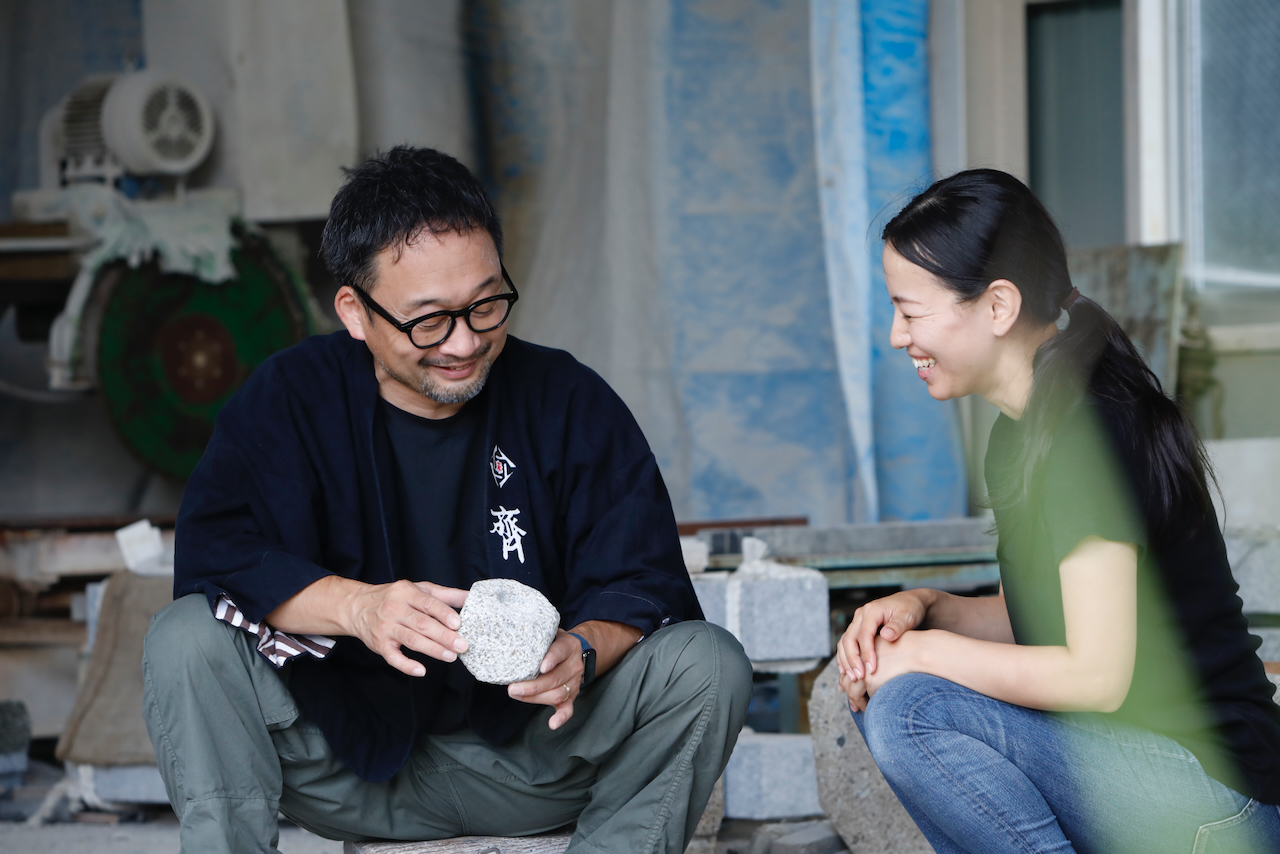
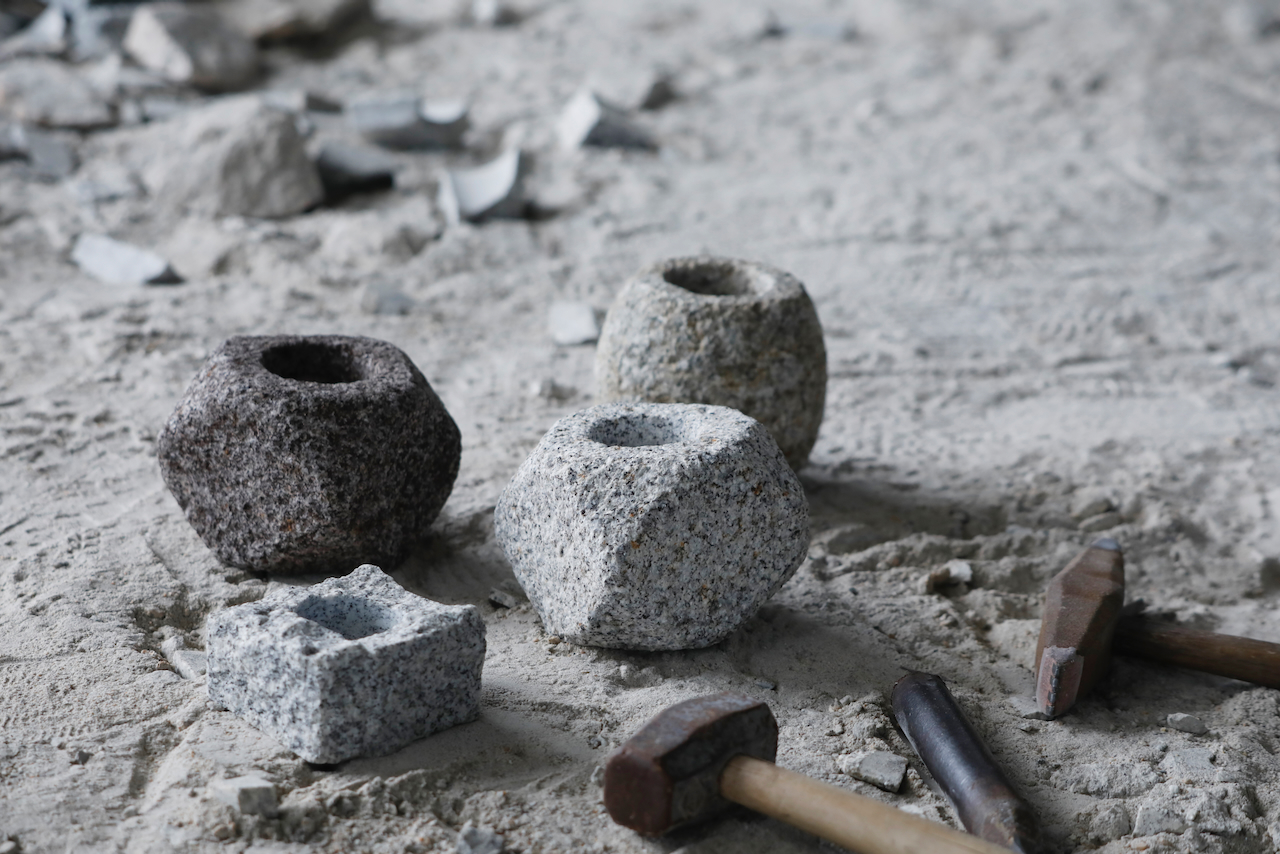
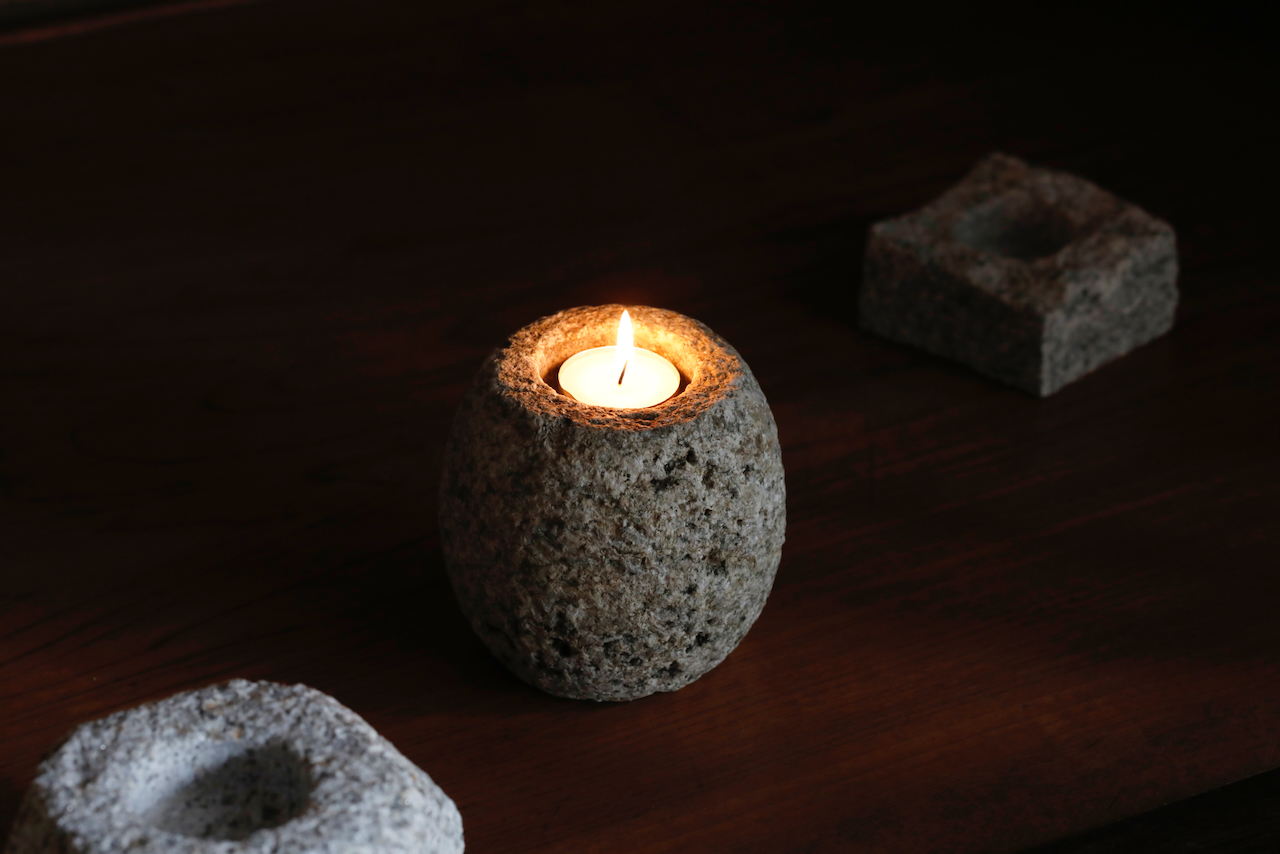
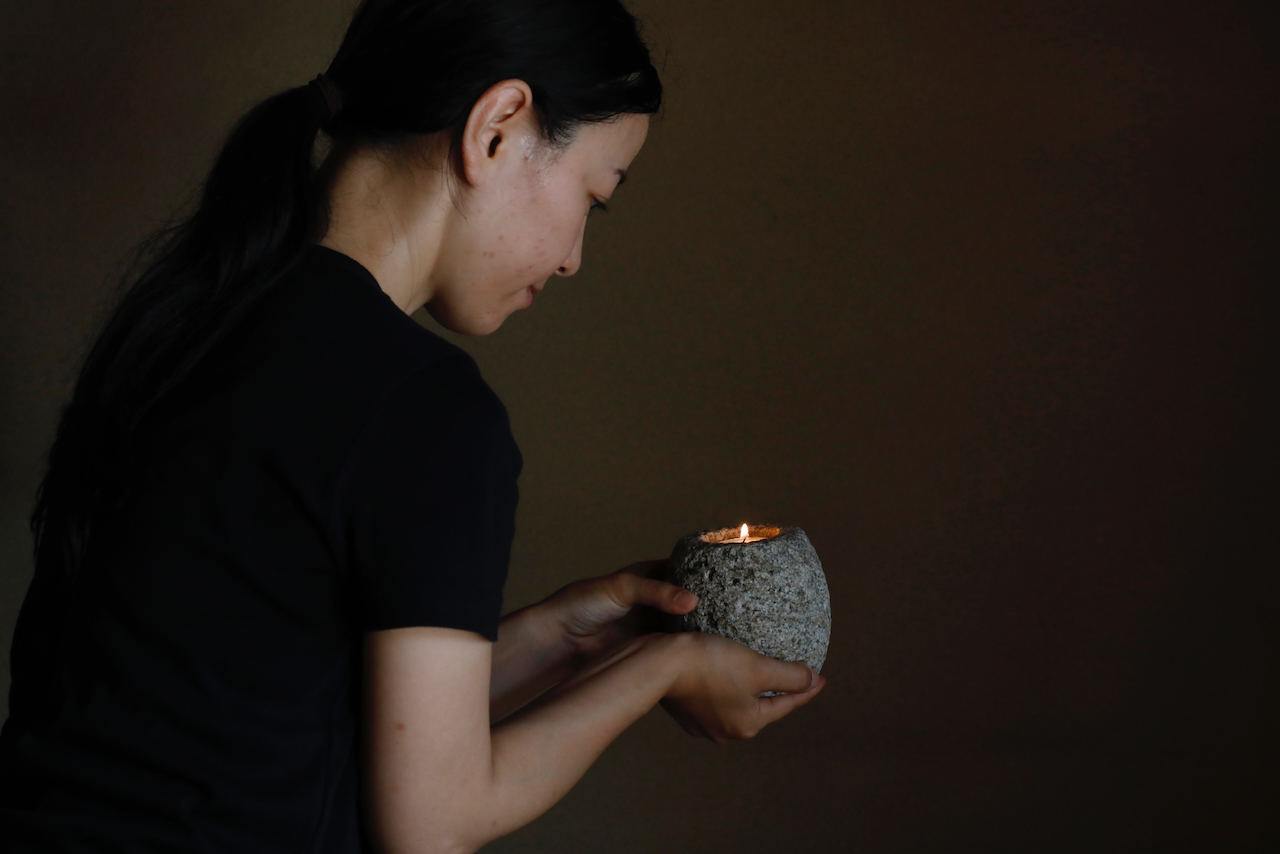
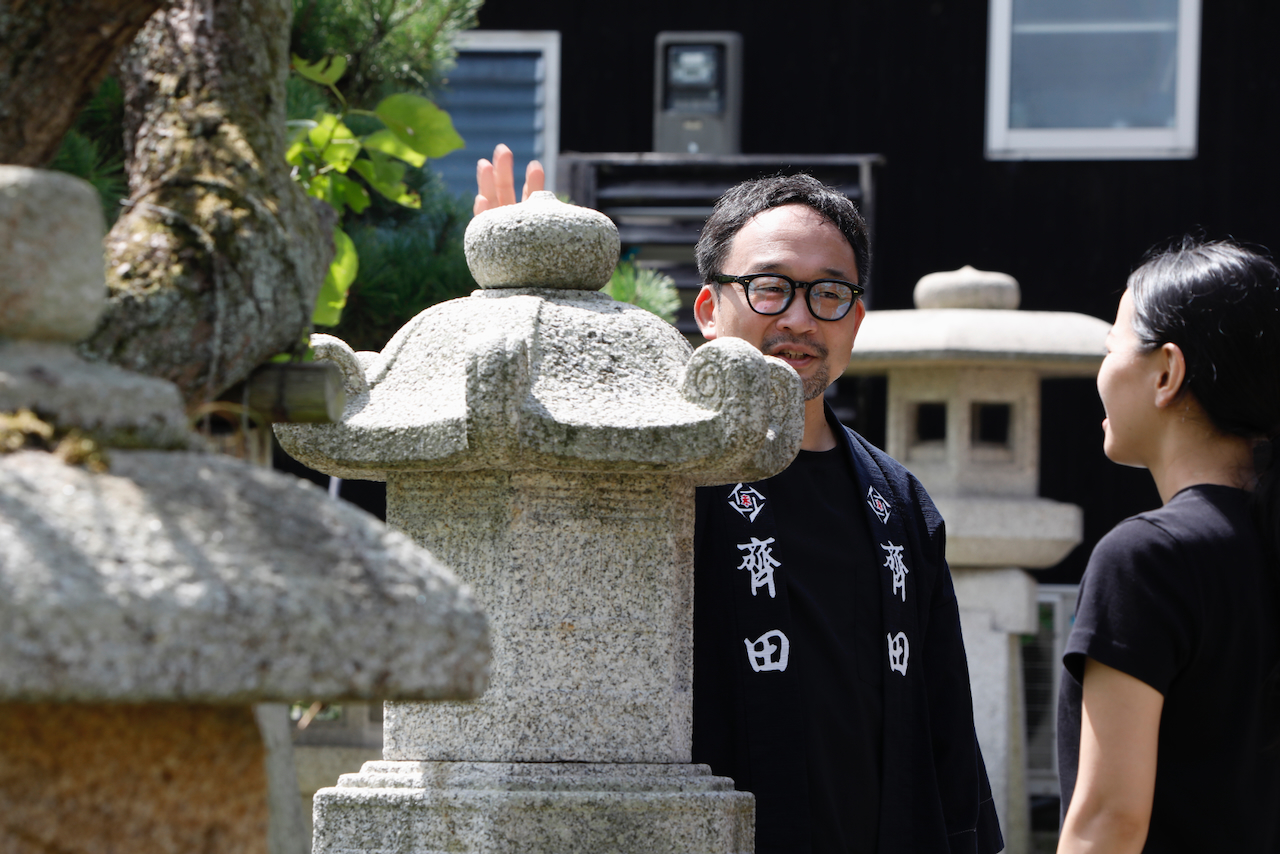
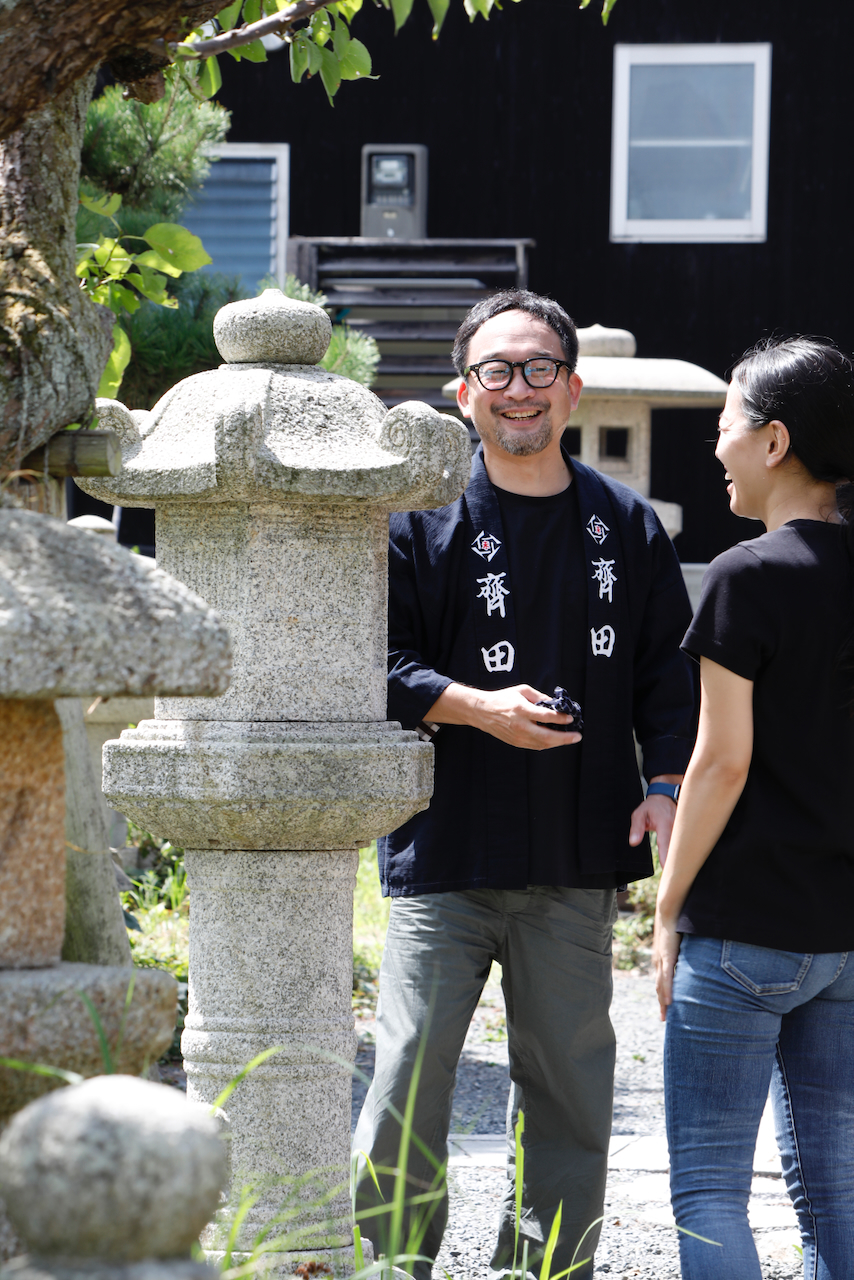
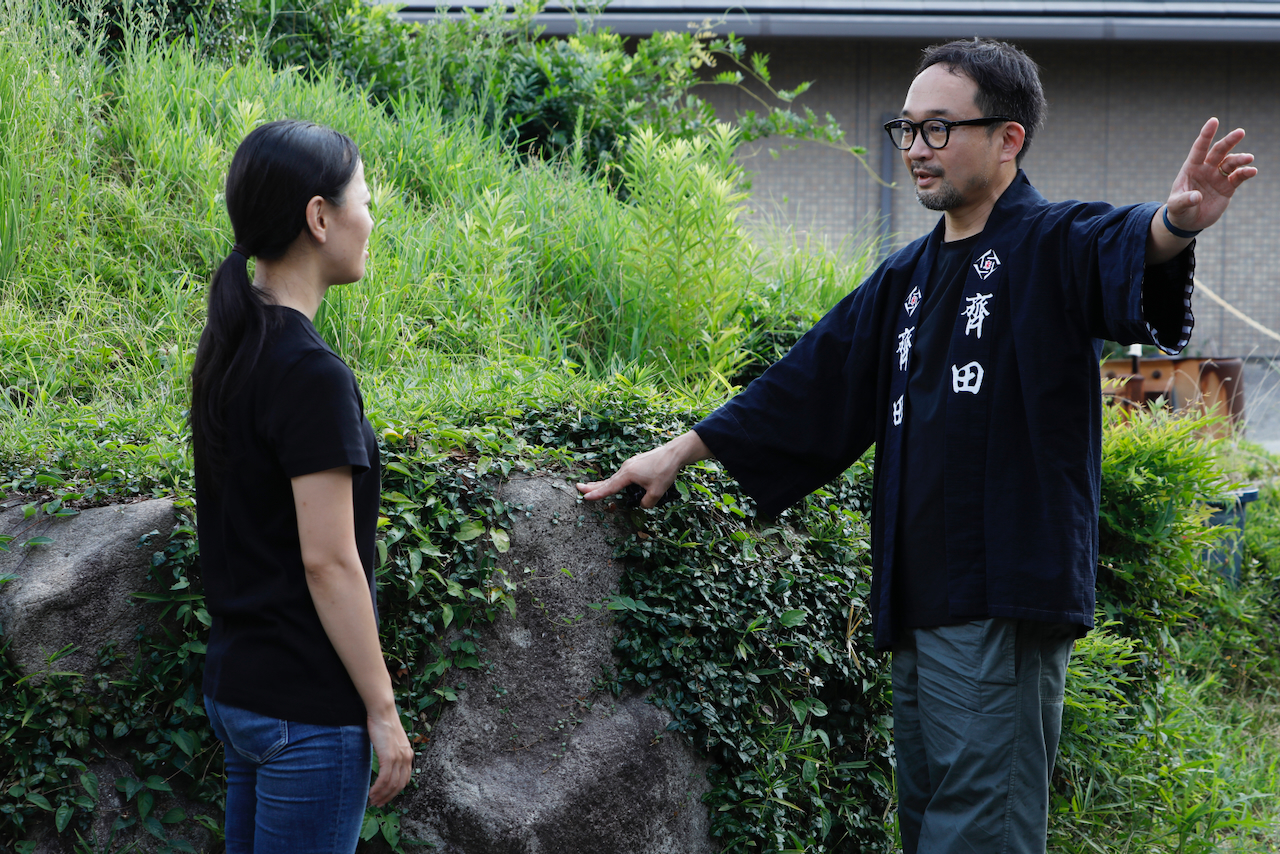

- Stone Crafter
- Takaaki Saida
- The fifth generation of Saida Stone Shop, which has been engaged in stone processing and sculpture in Kameoka, Kyoto since its establishment in 1902. In addition to producing Kyoto stone crafts and lanterns using fleas and stone heads, he specializes in sculpture using finer fleas. He is working on the development of traditional crafts in cooperation with various craftspeople, artists, and designers. In recent years, we have exhibited and demonstrated stone lanterns in the United States and Italy, where we can play an active role across cultural and national borders. Is expanding.

